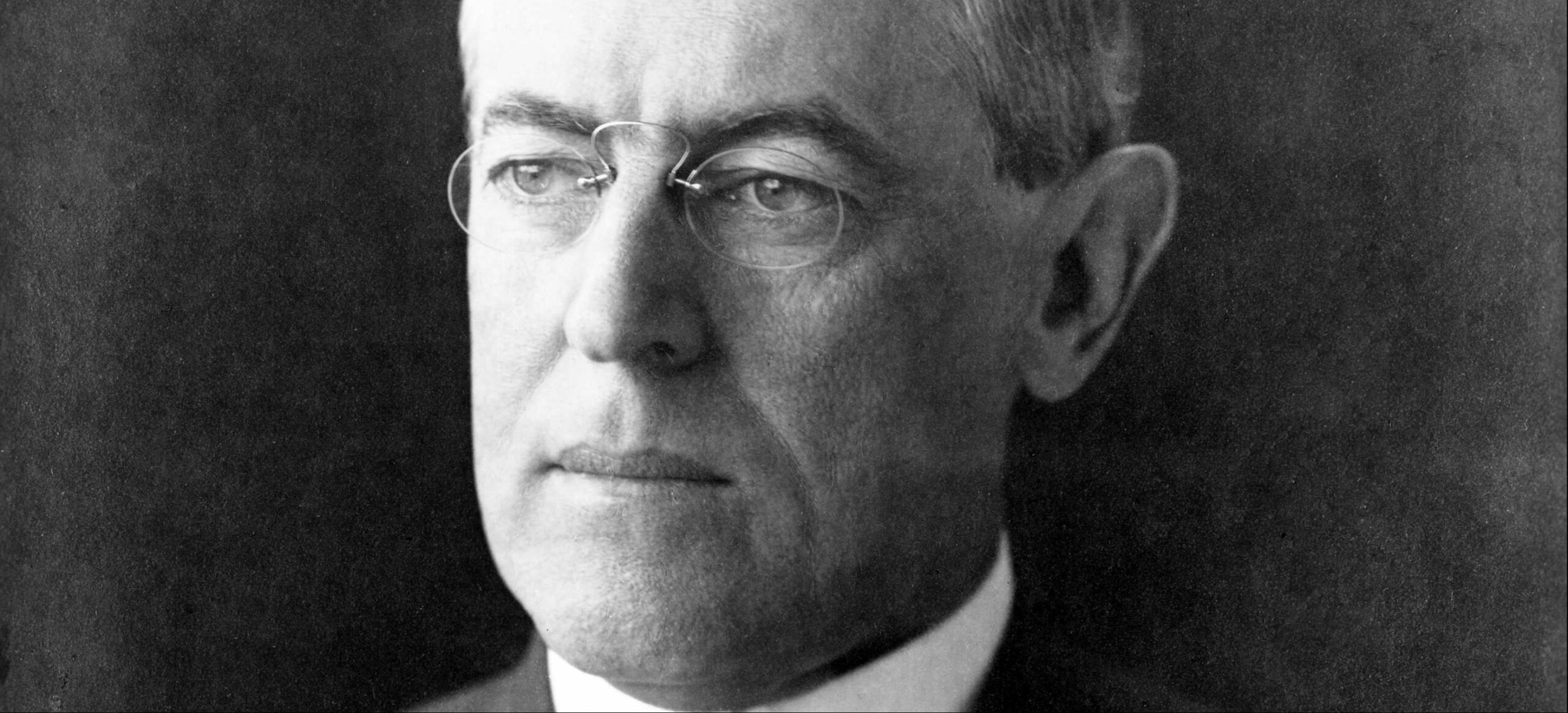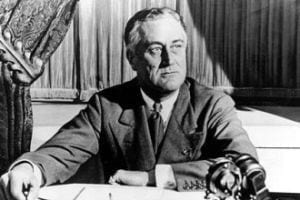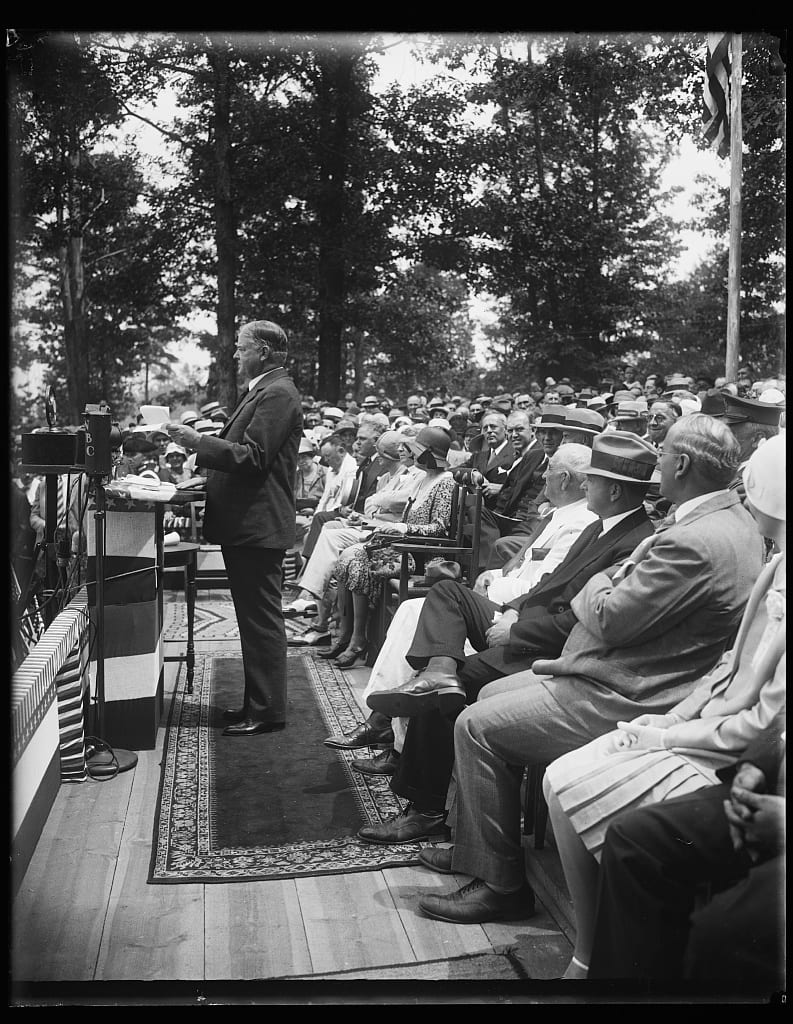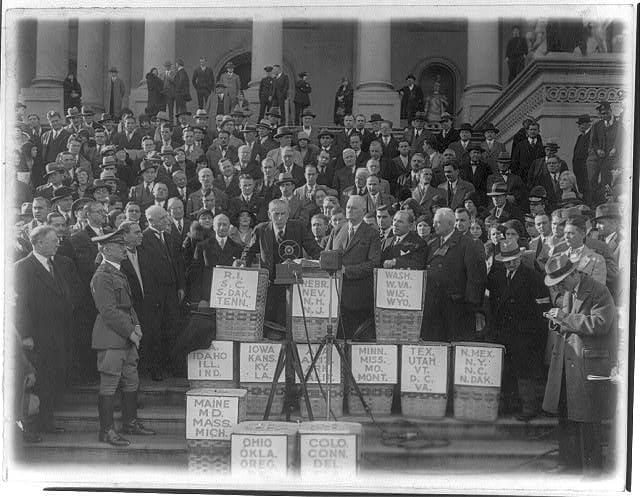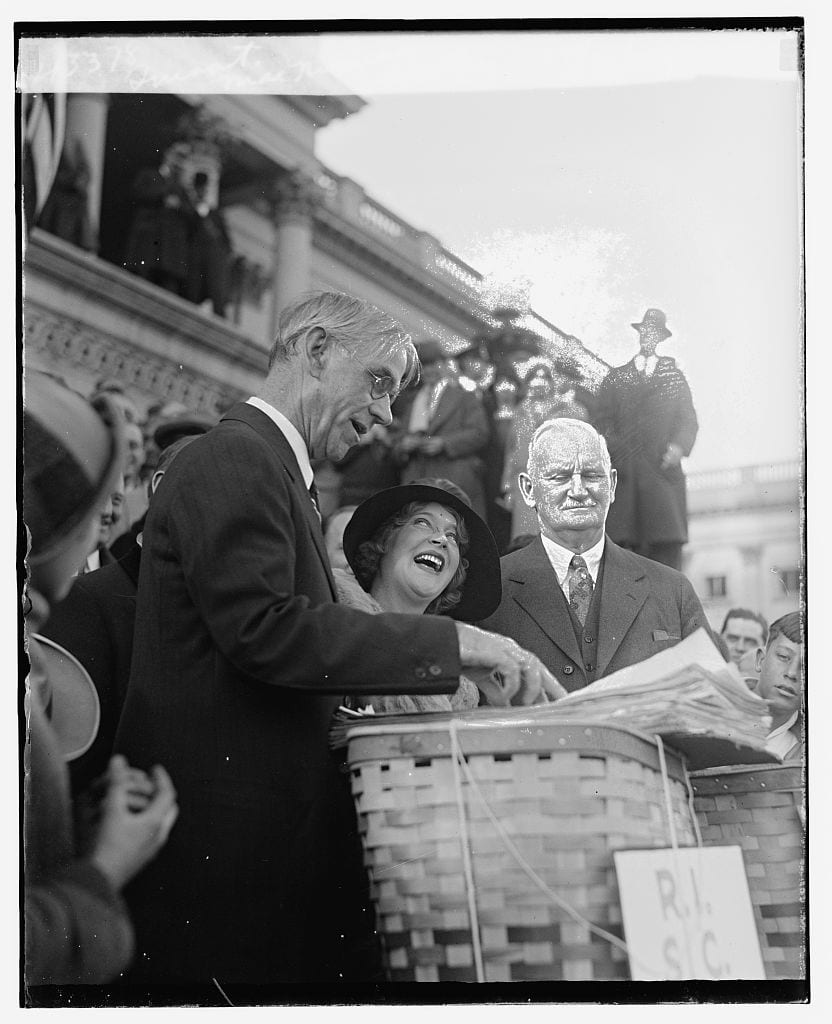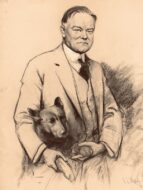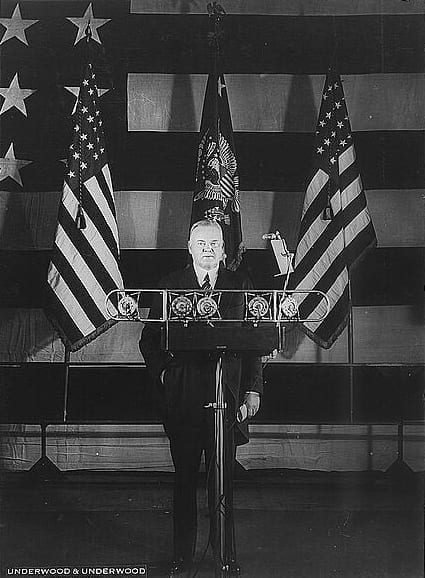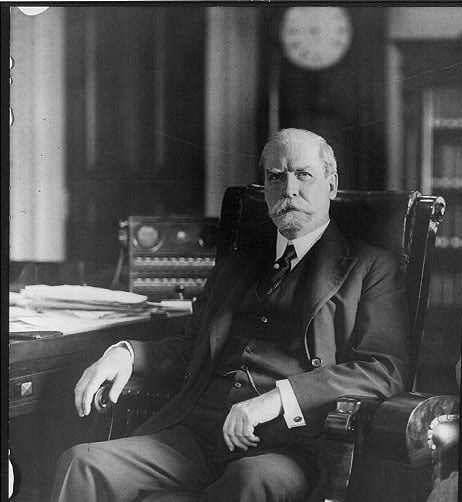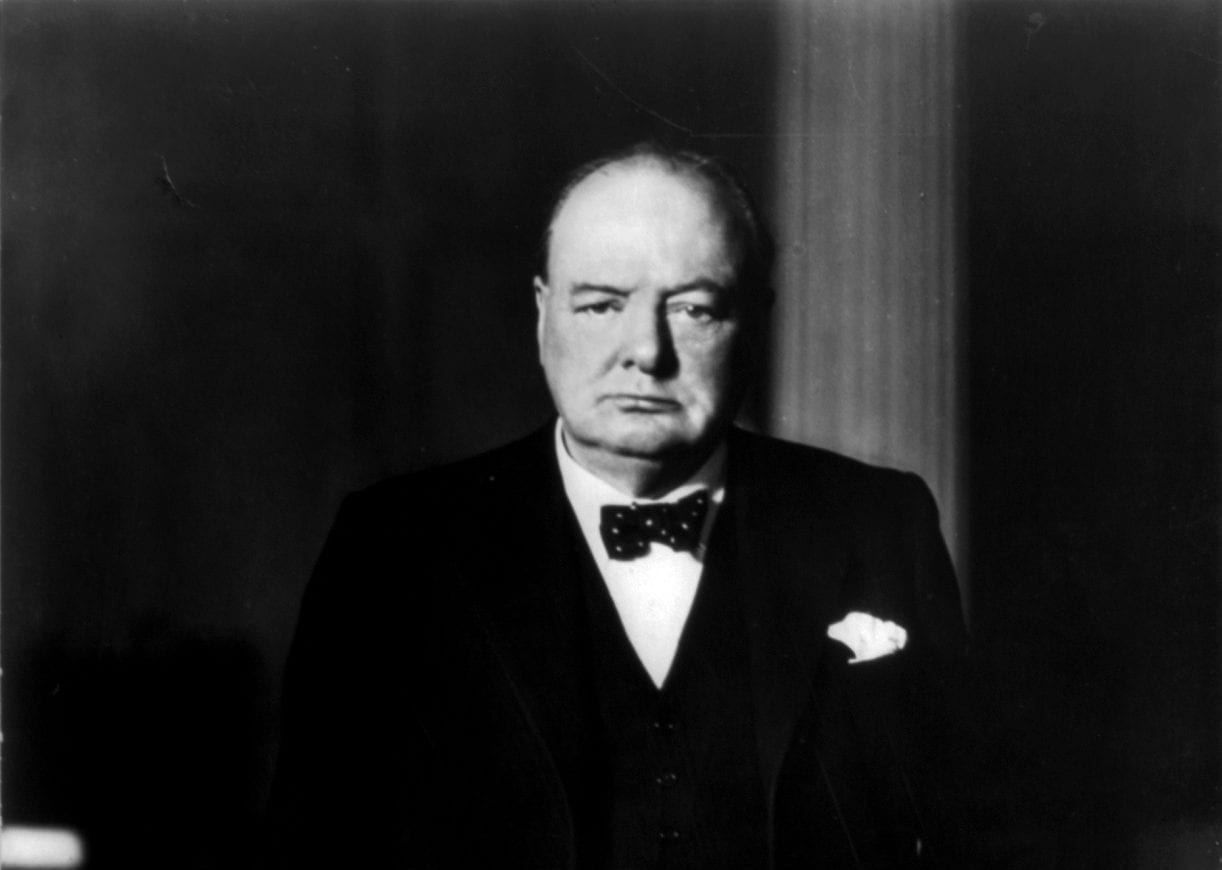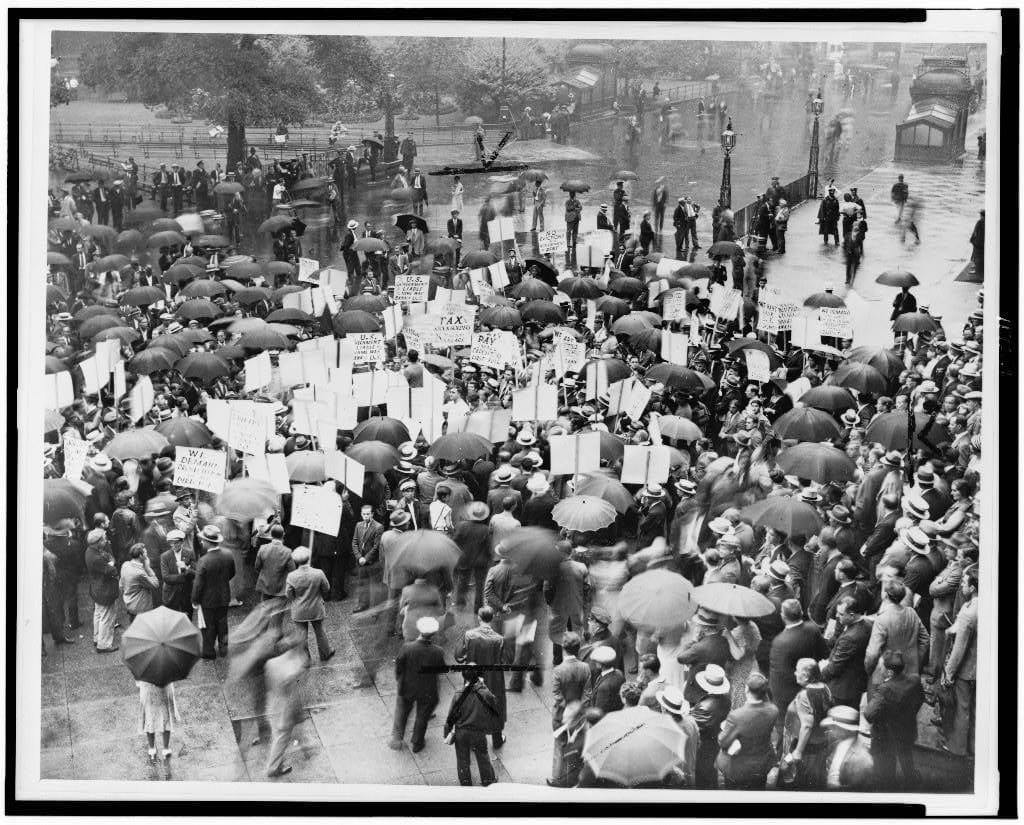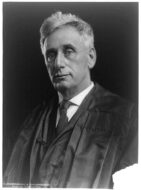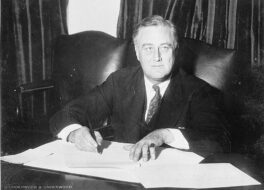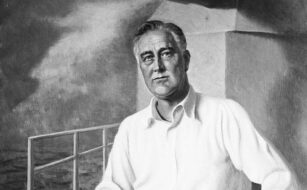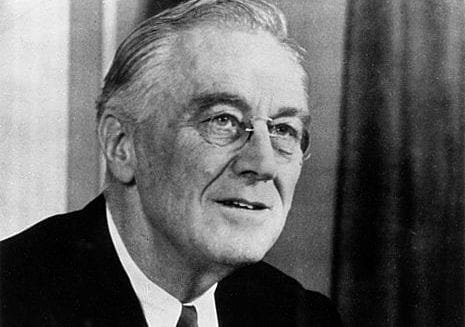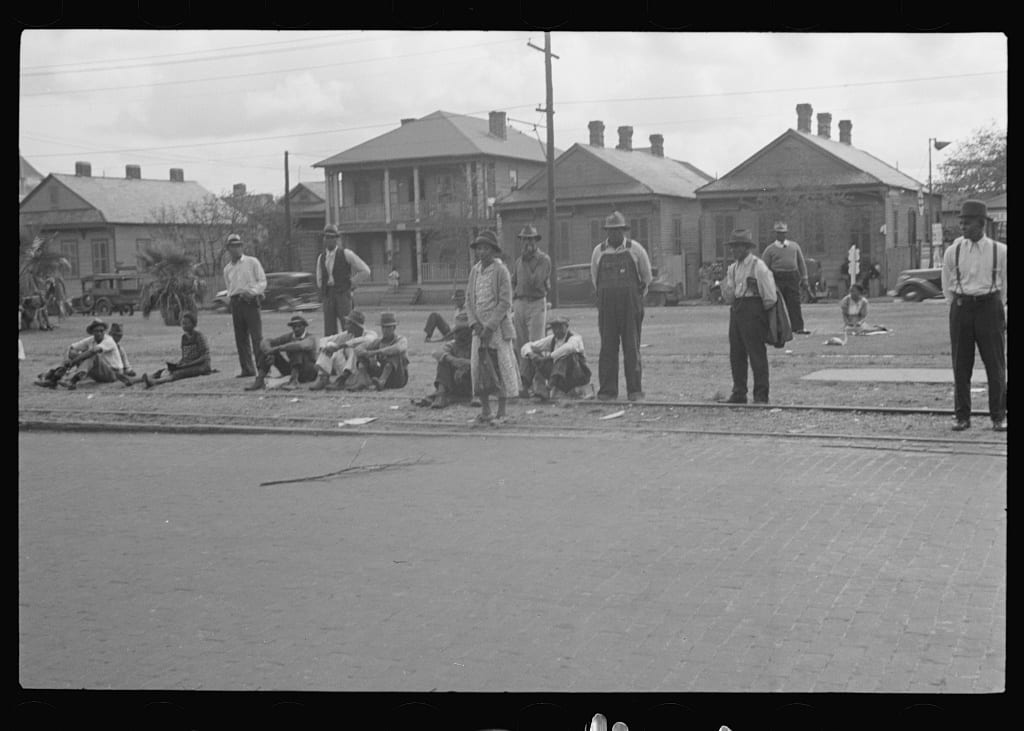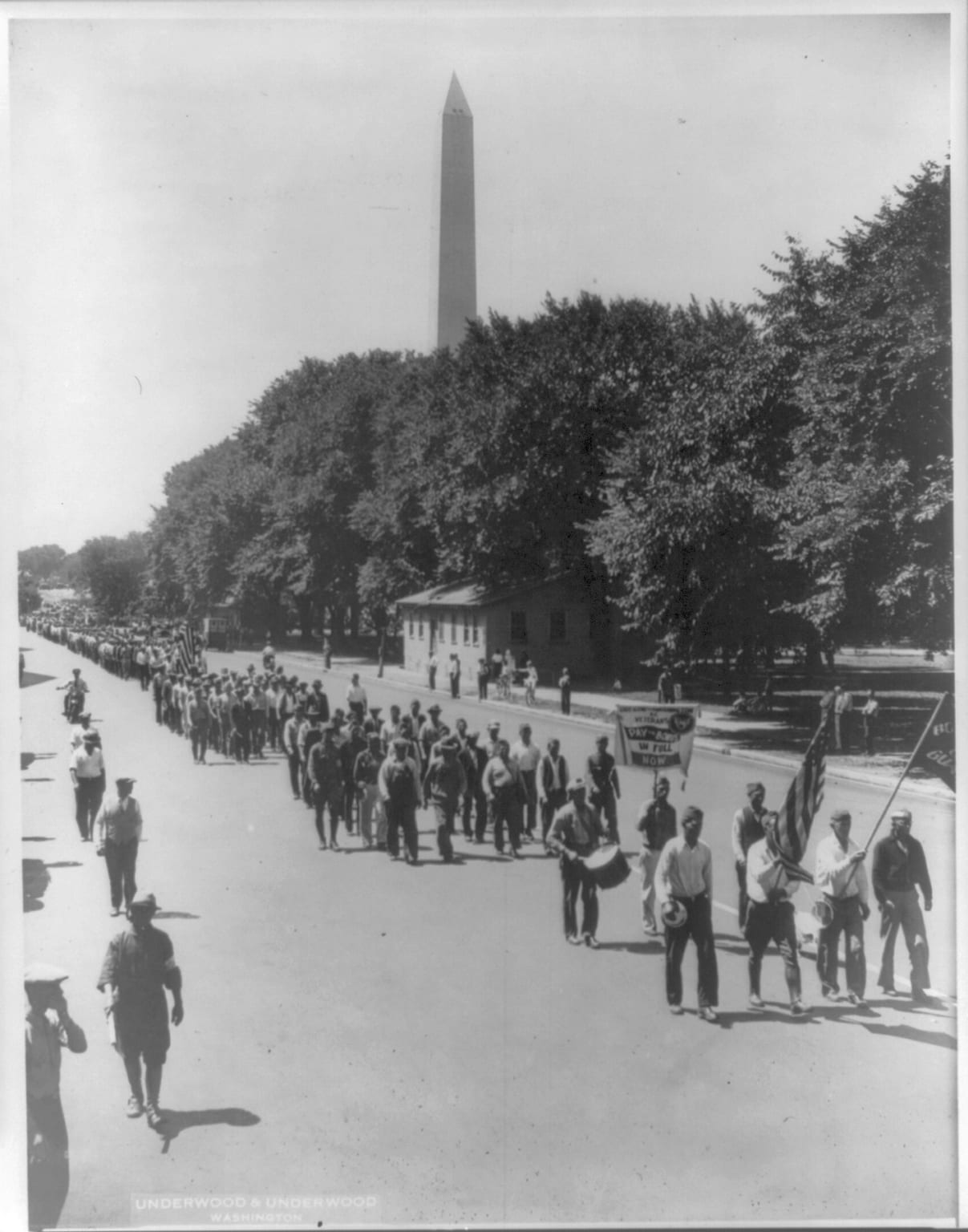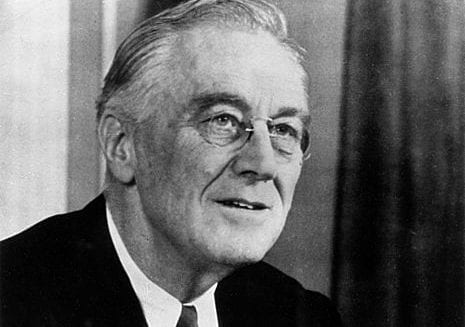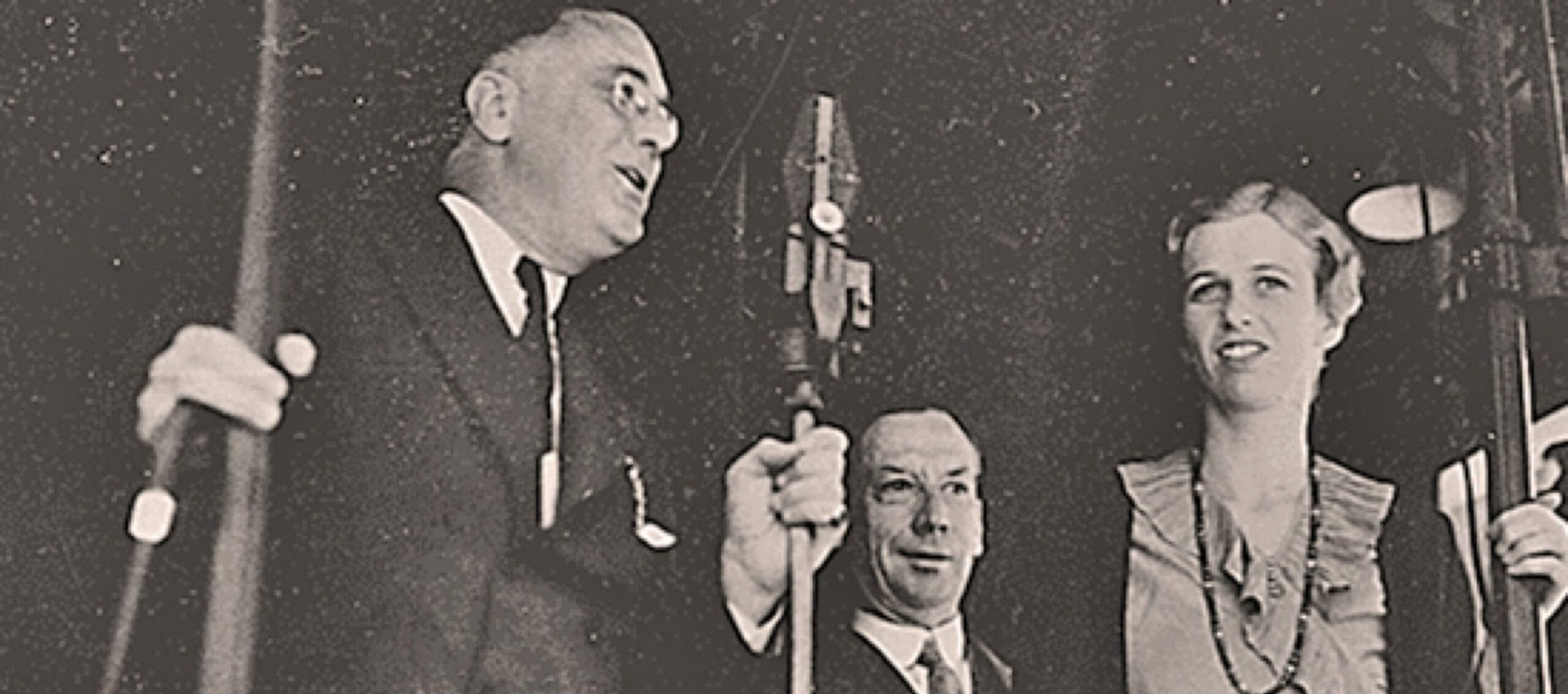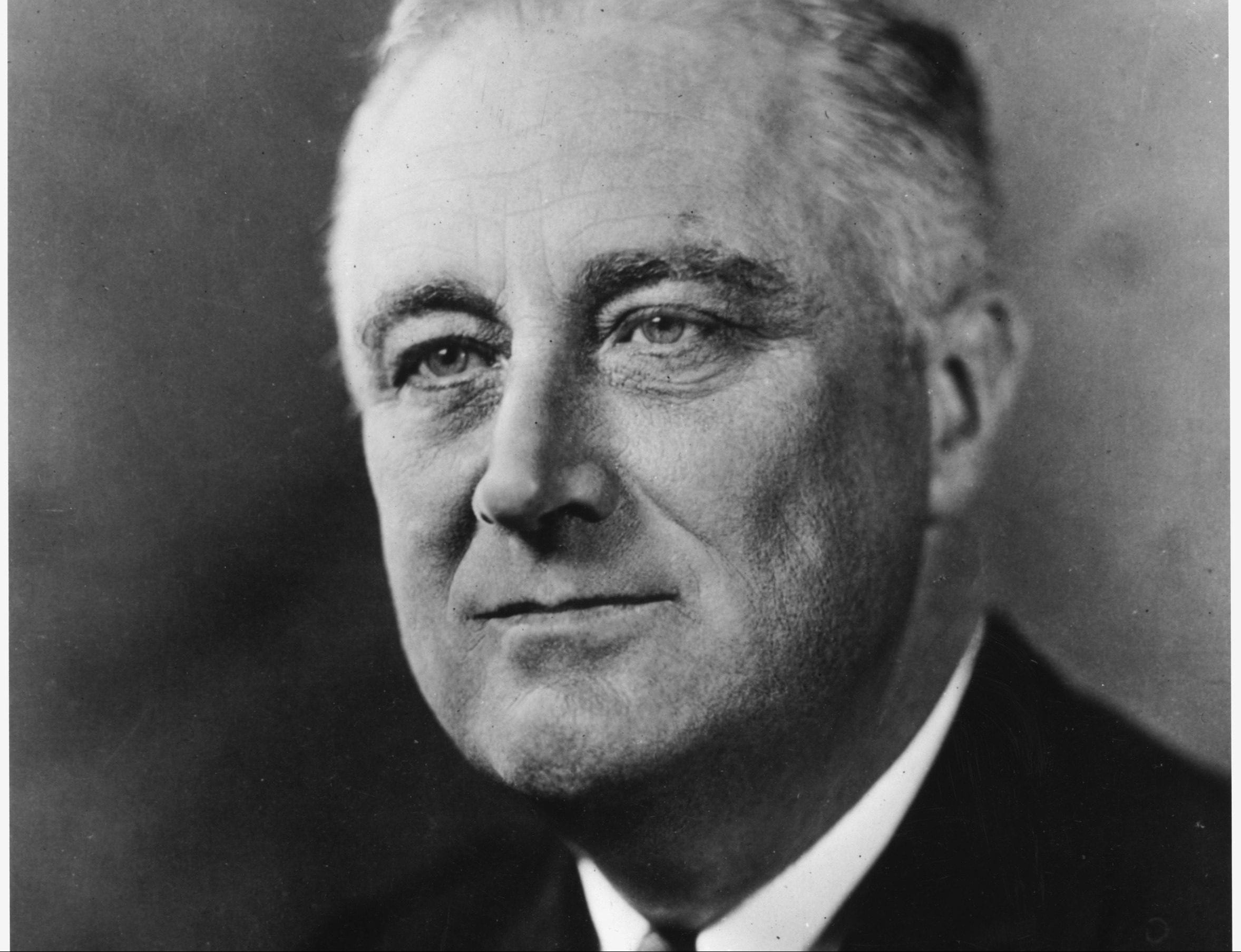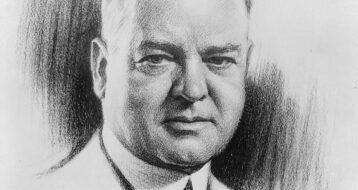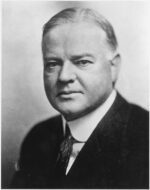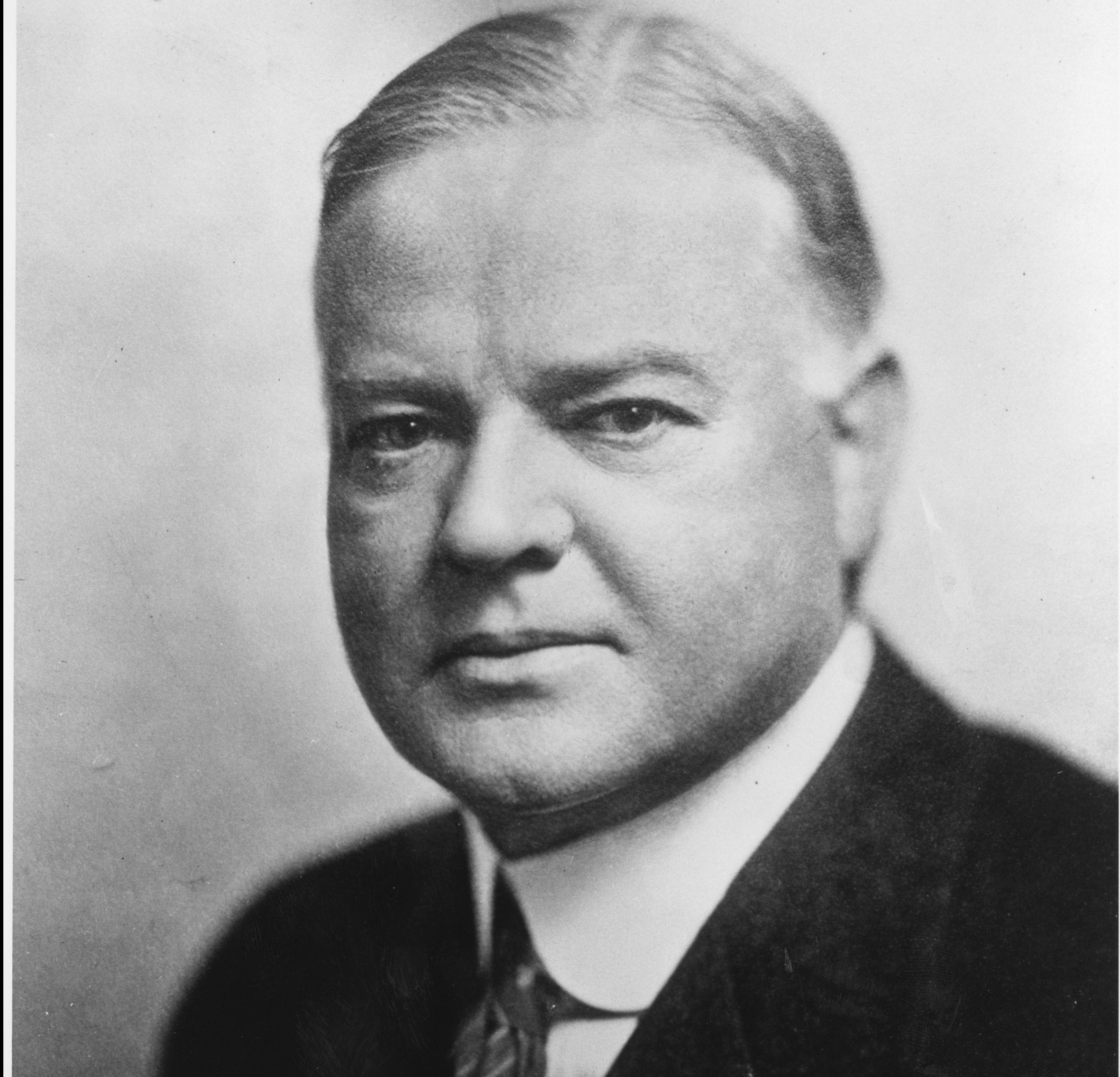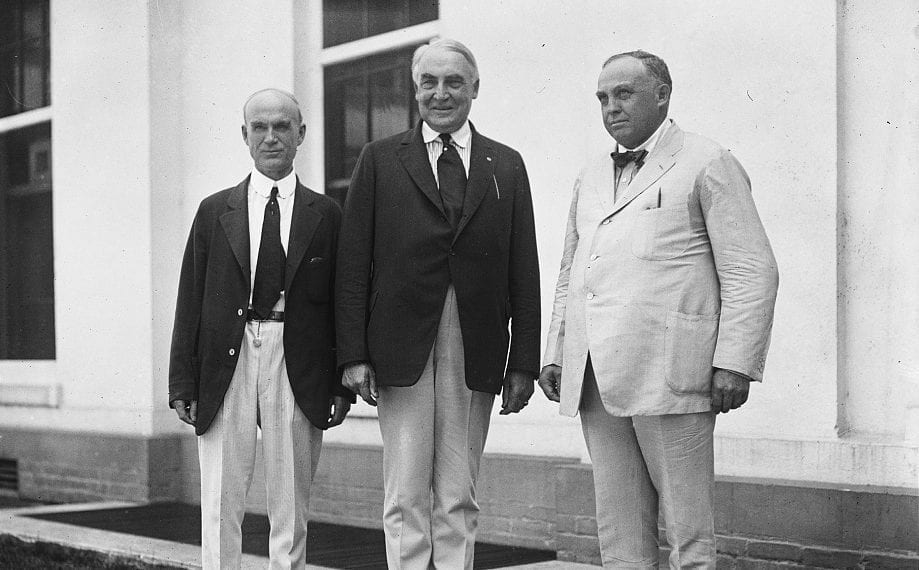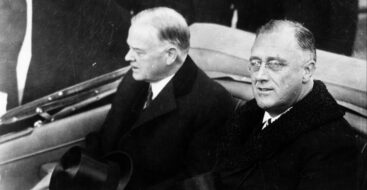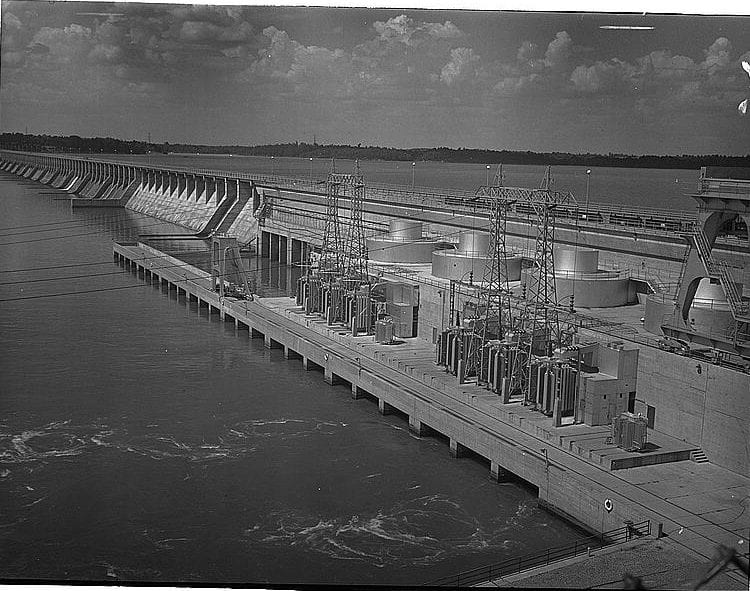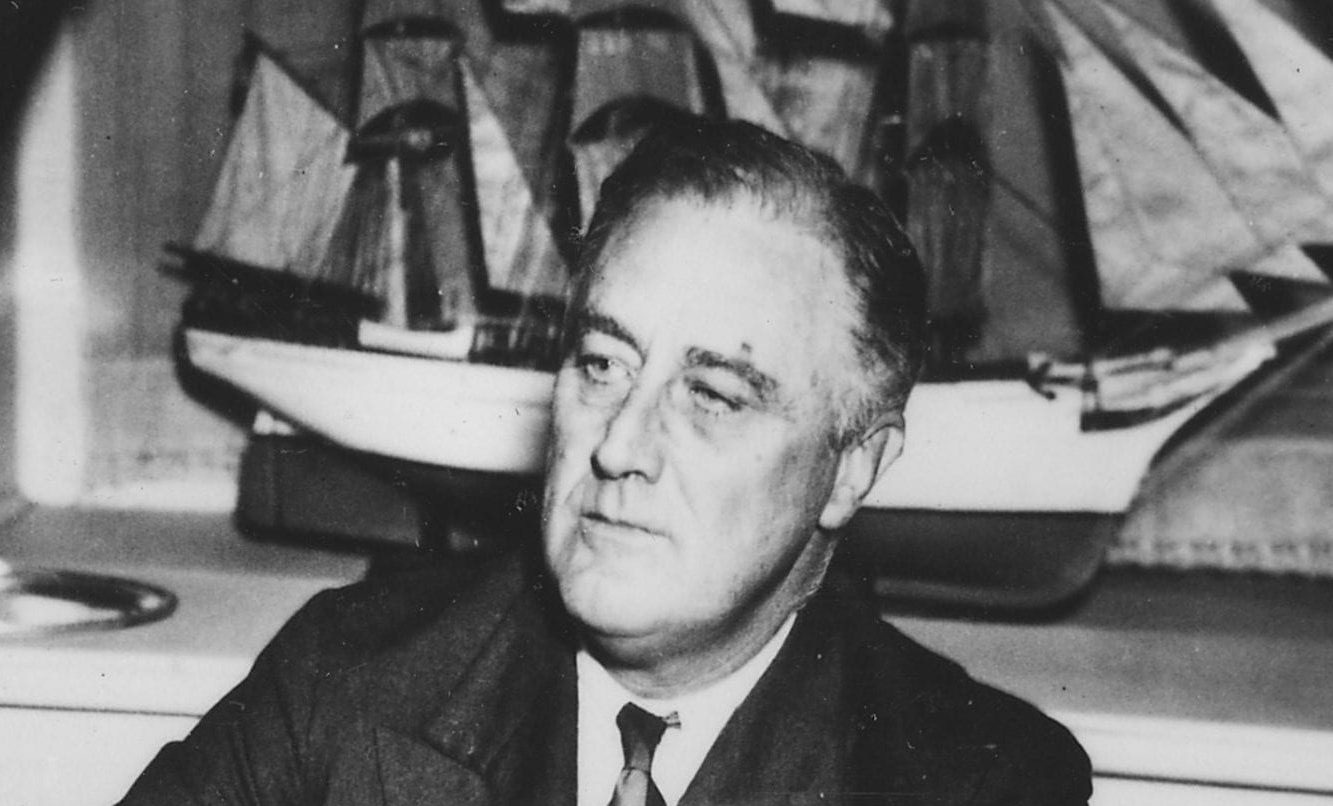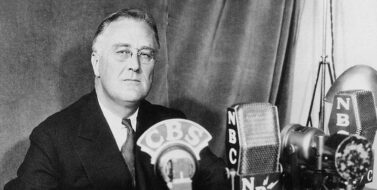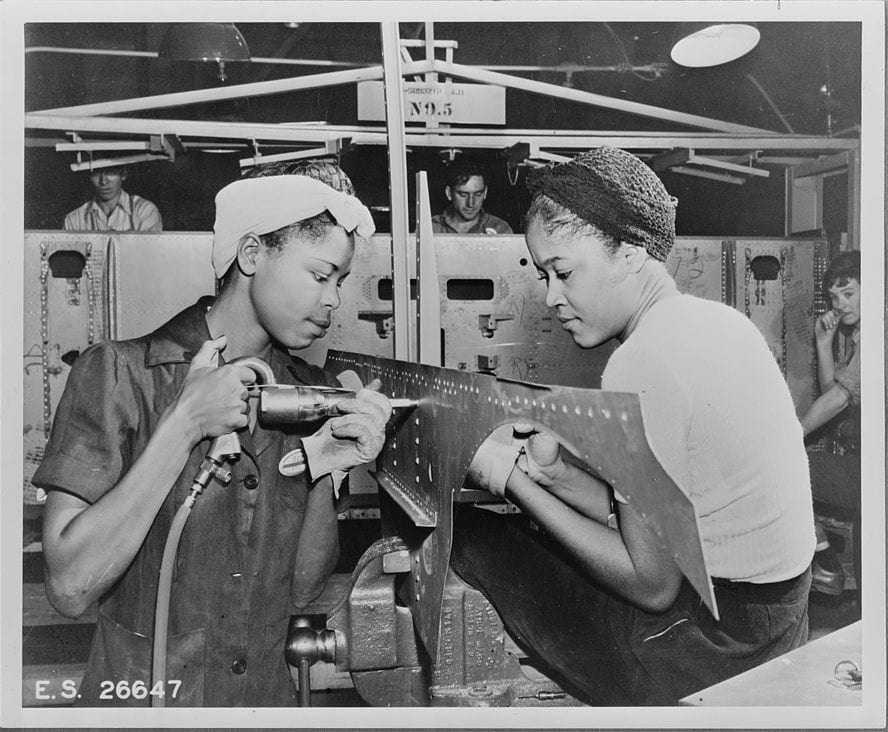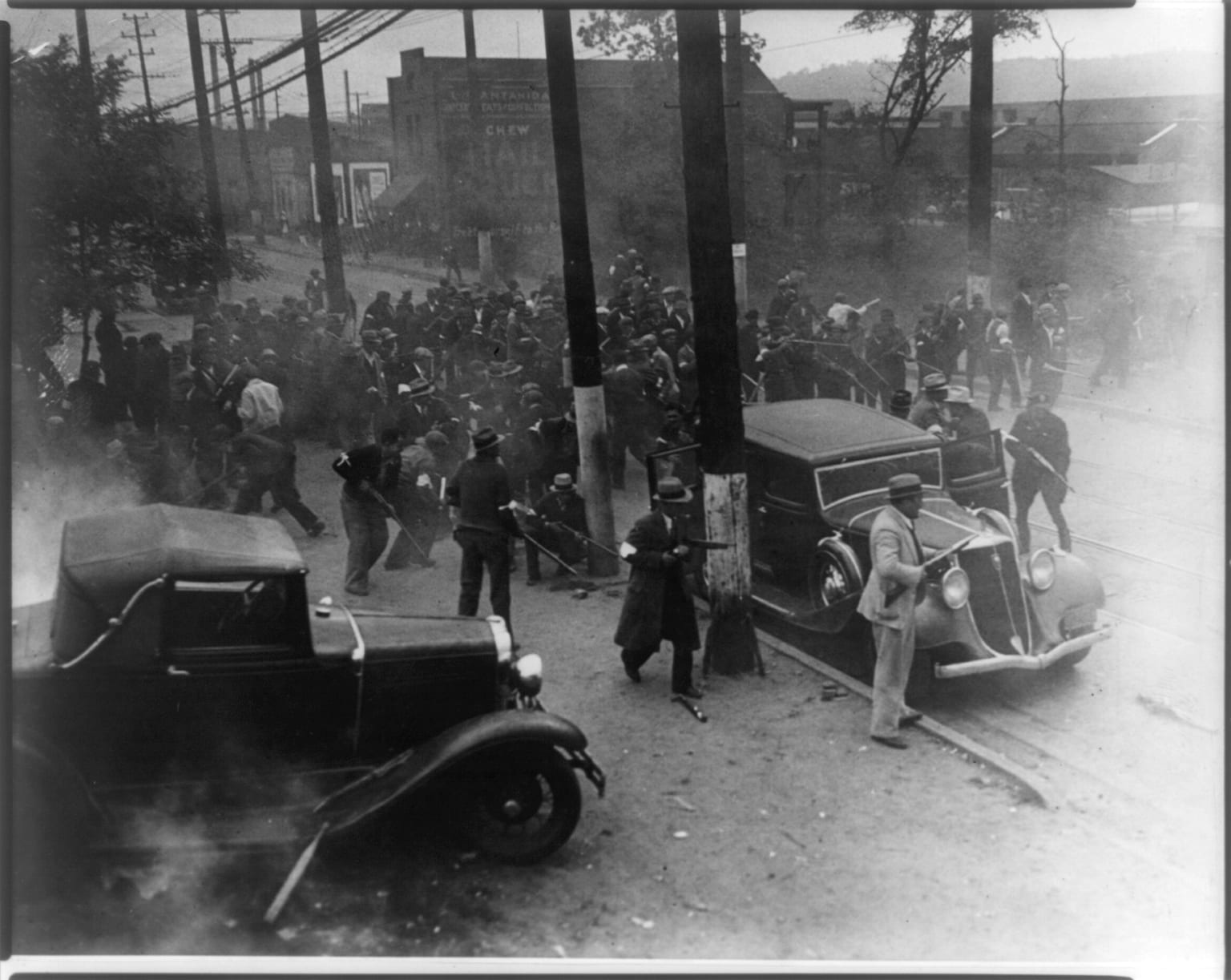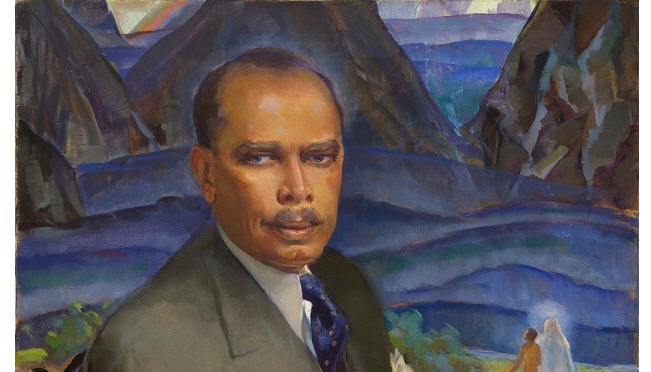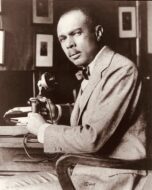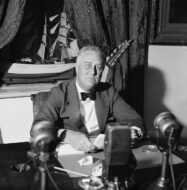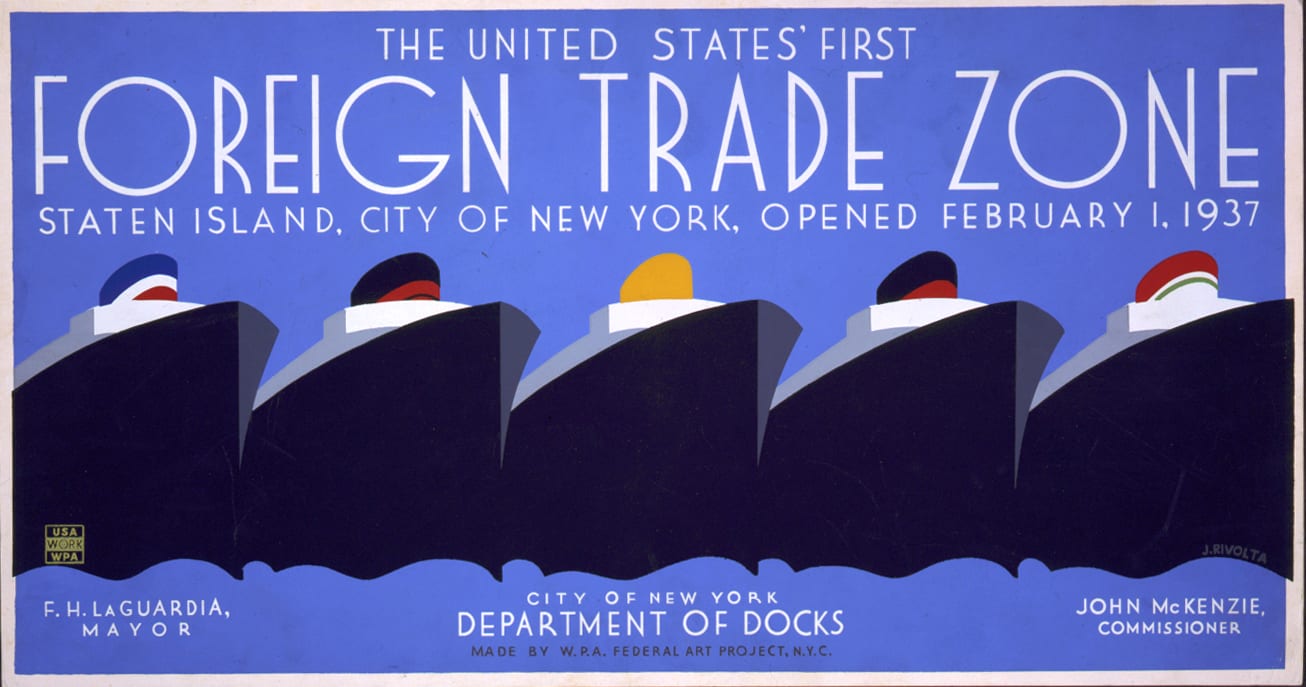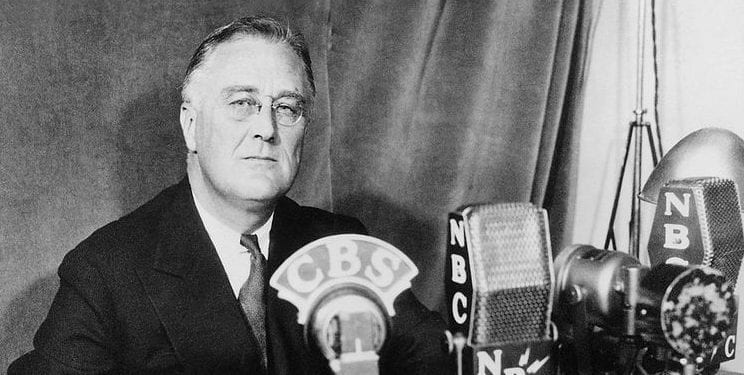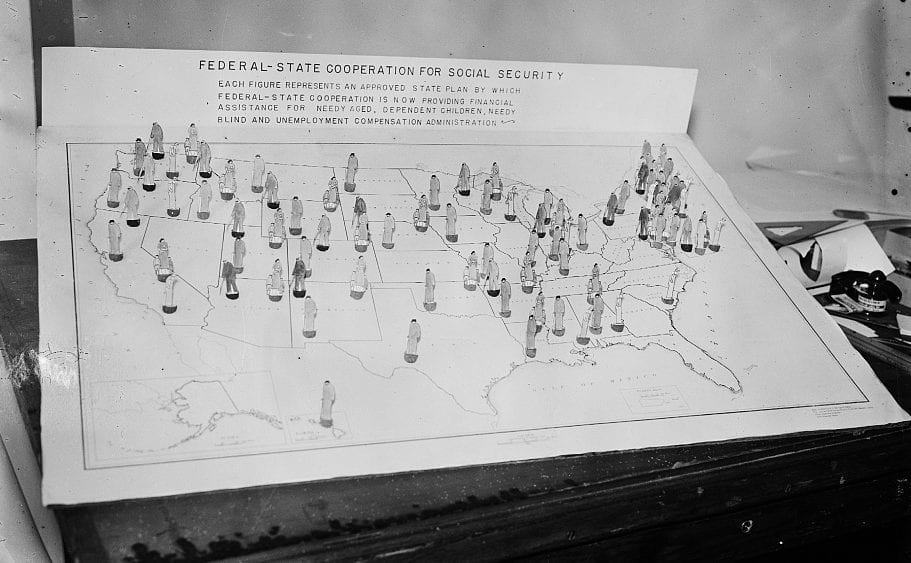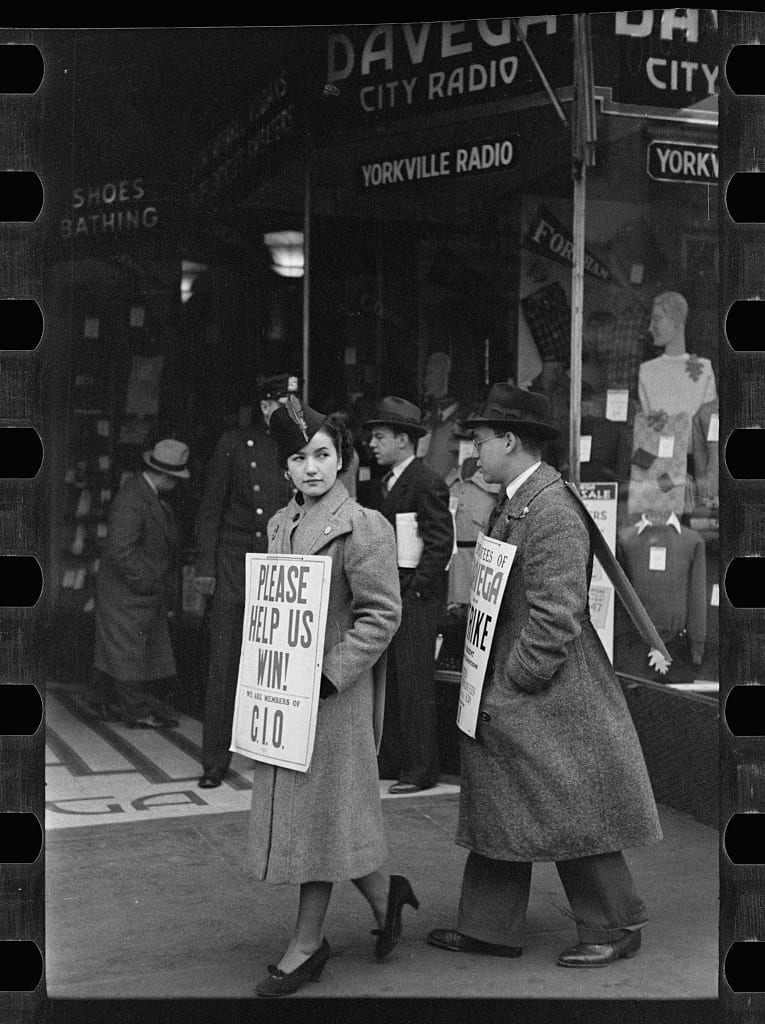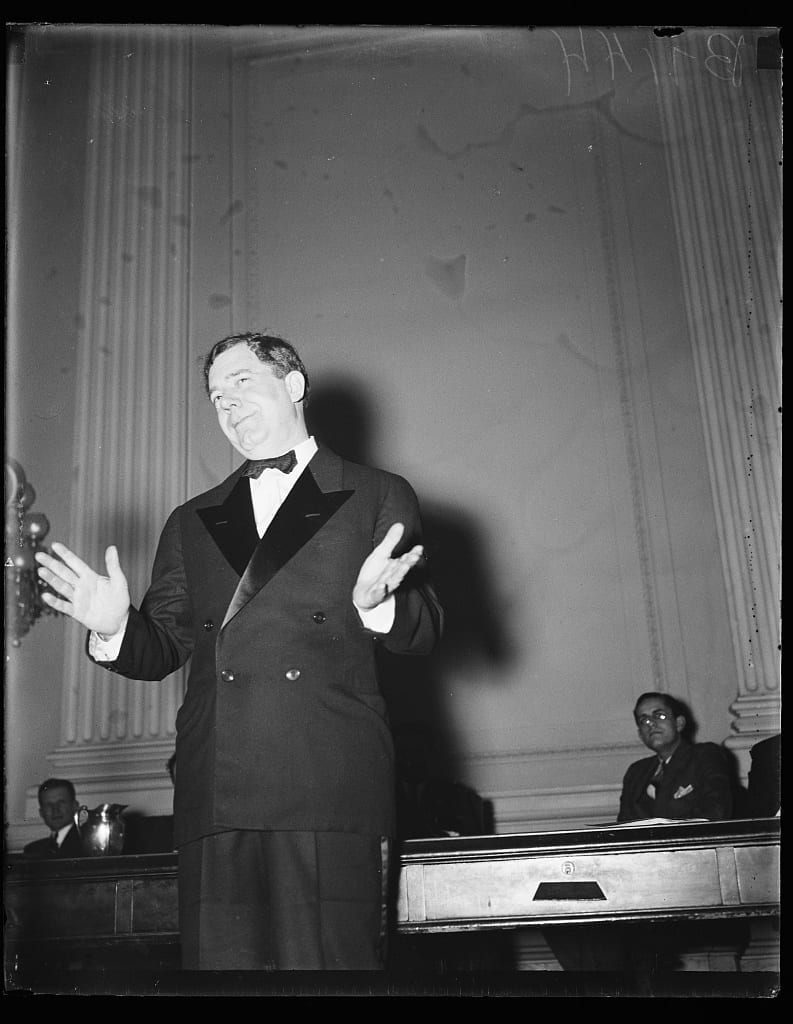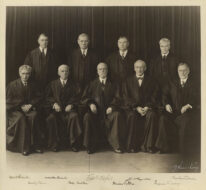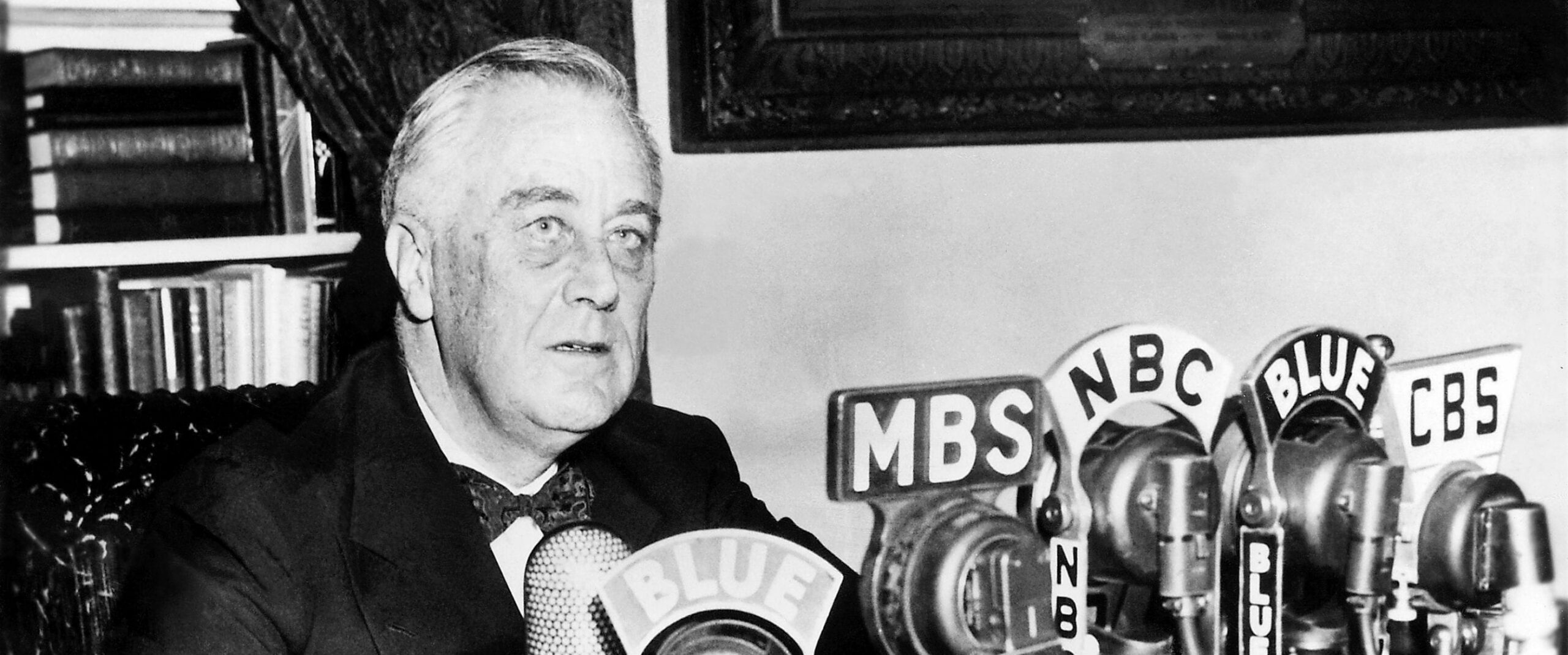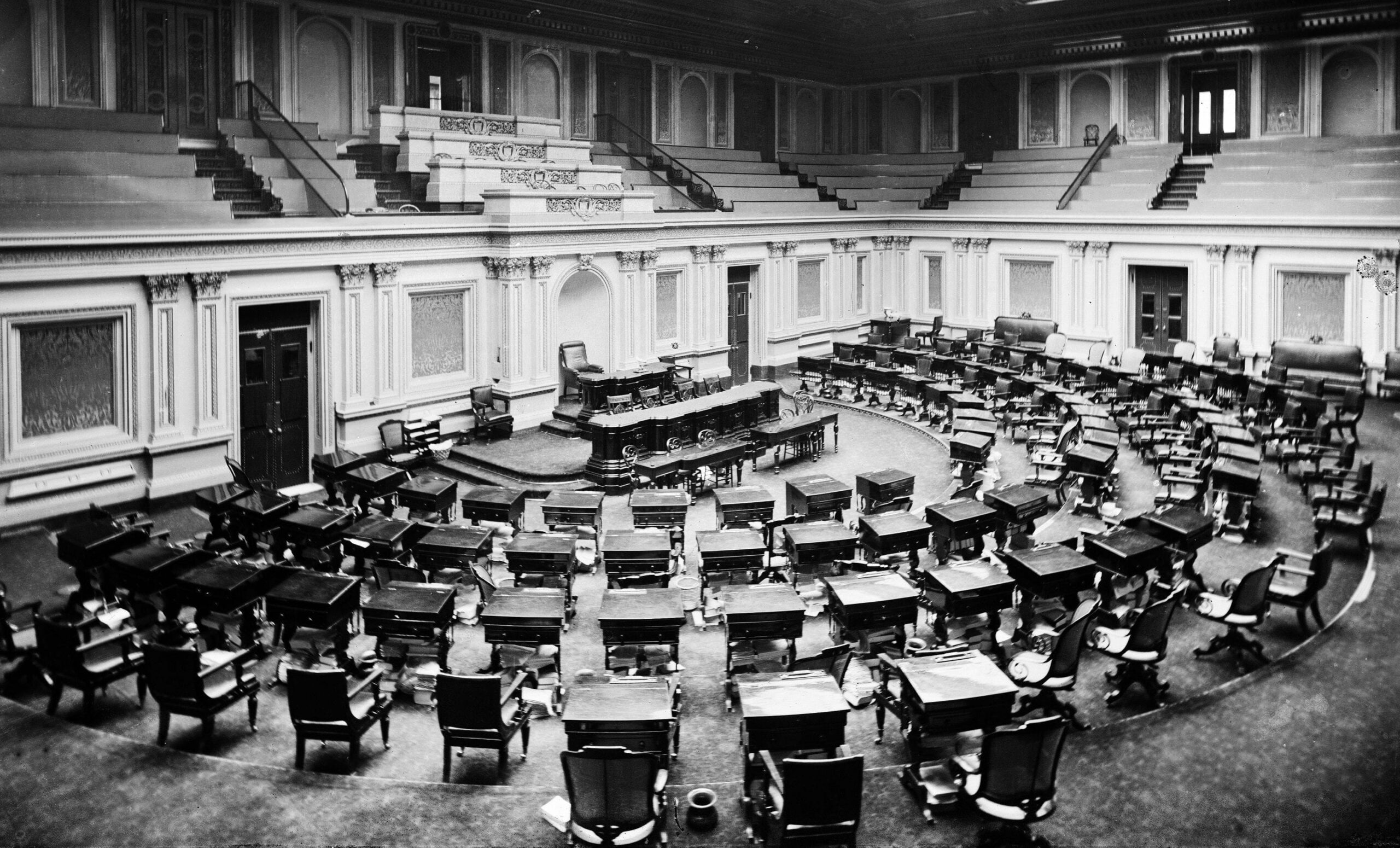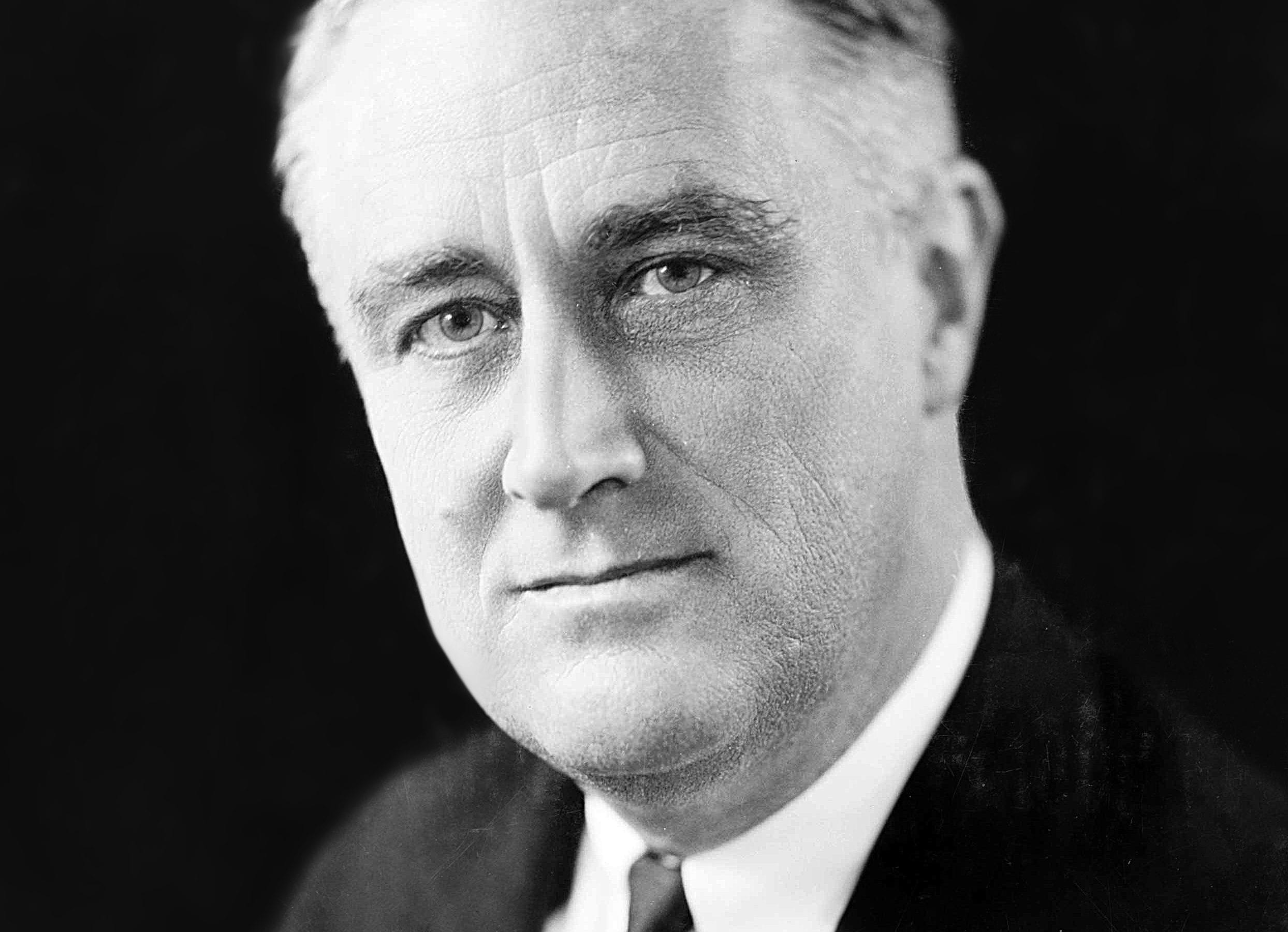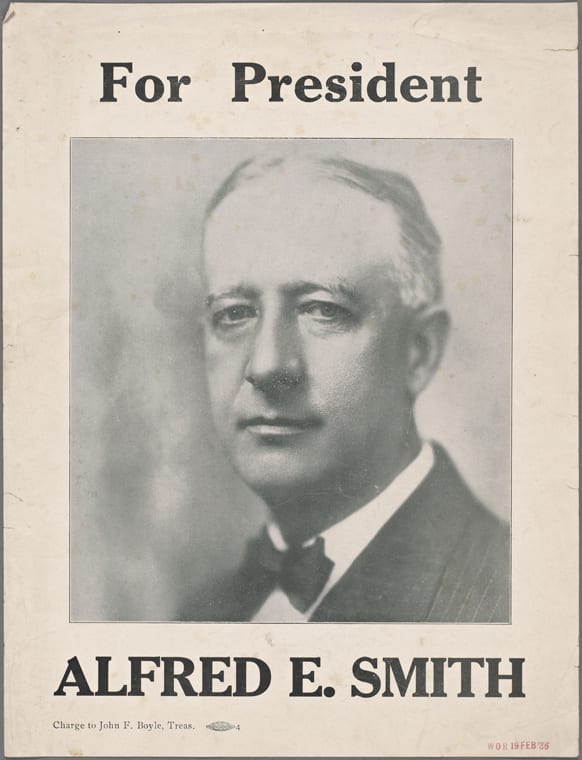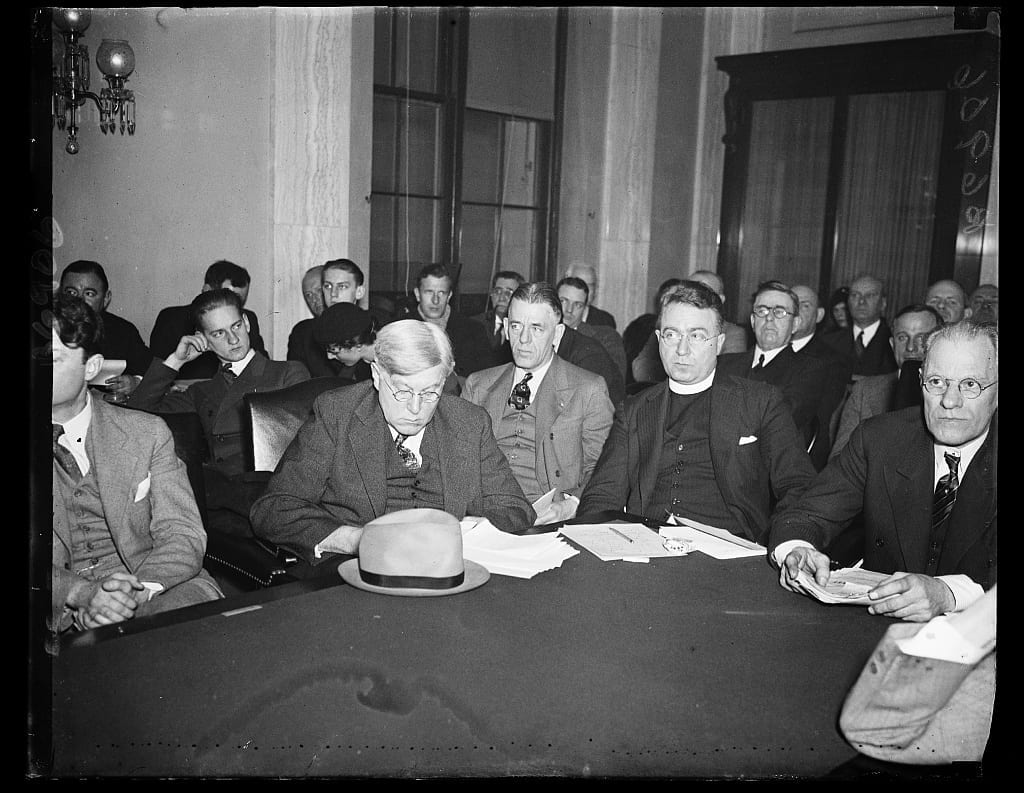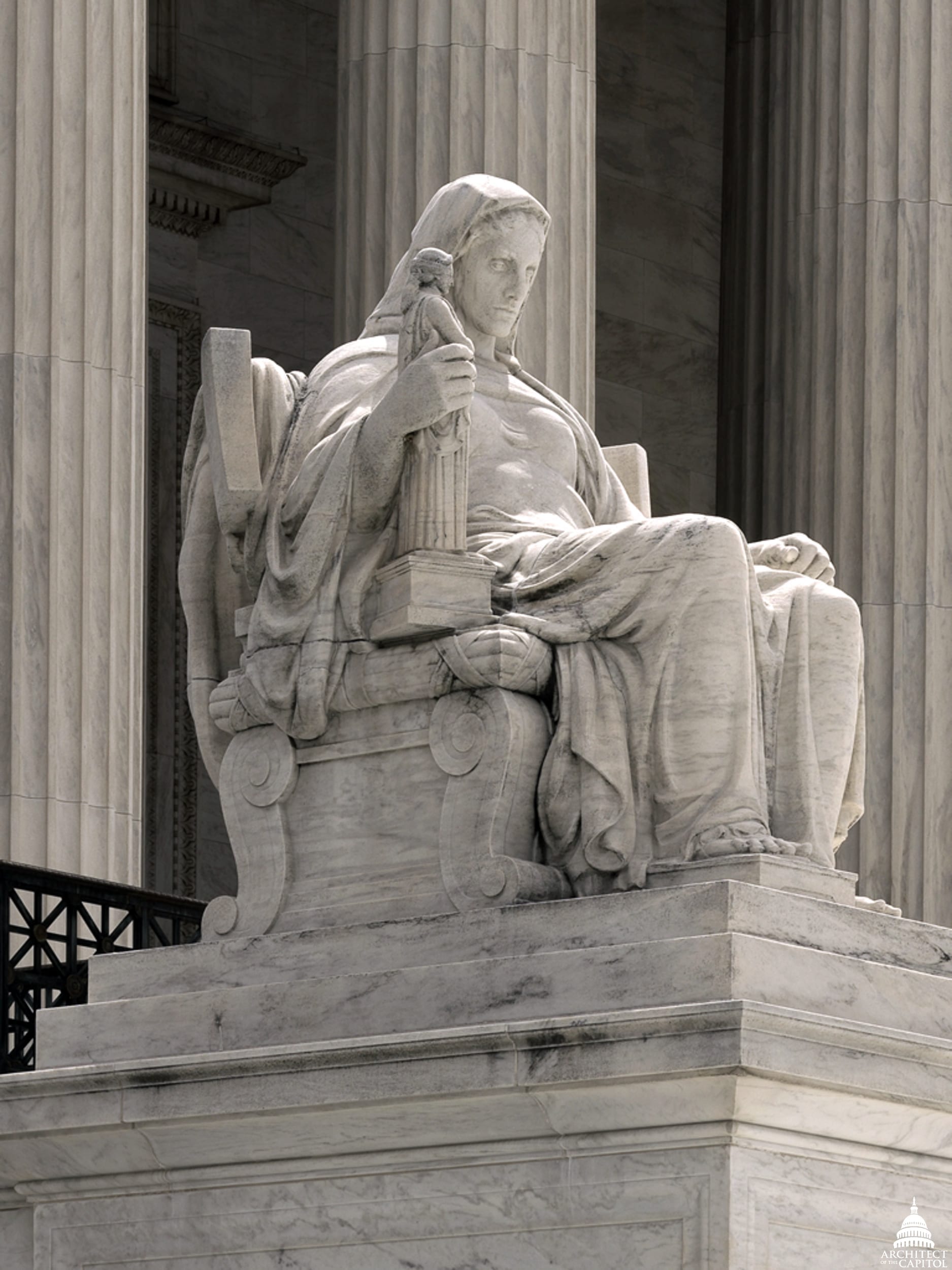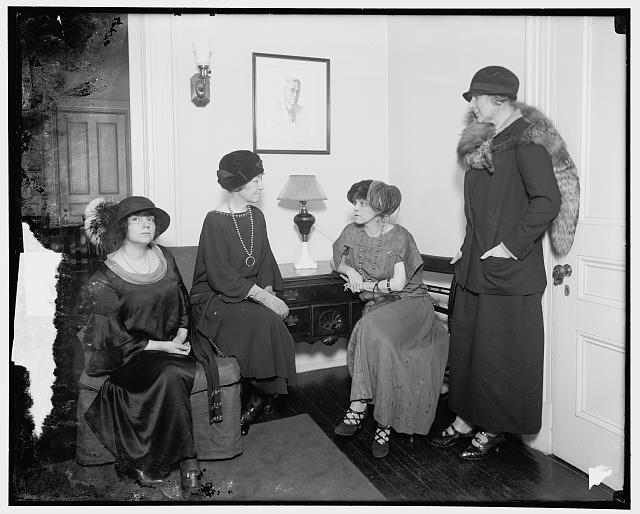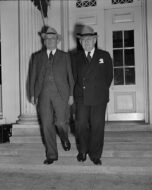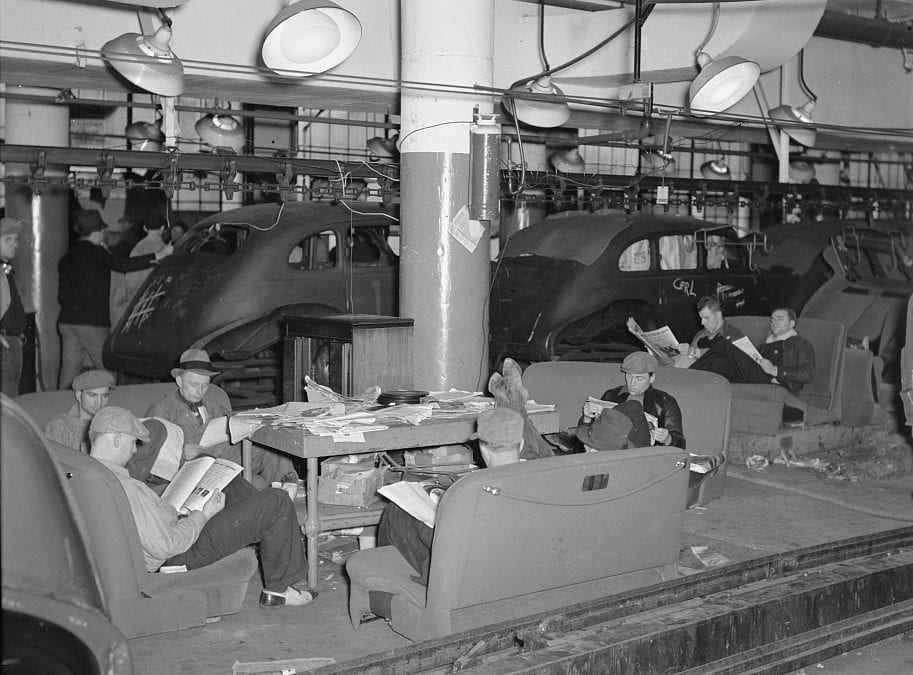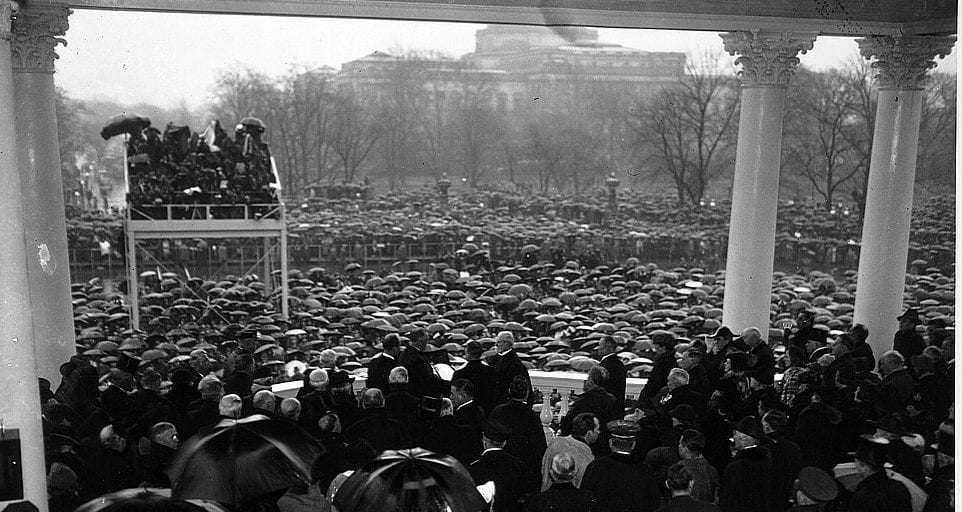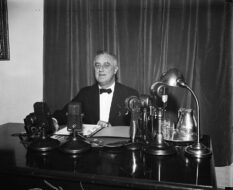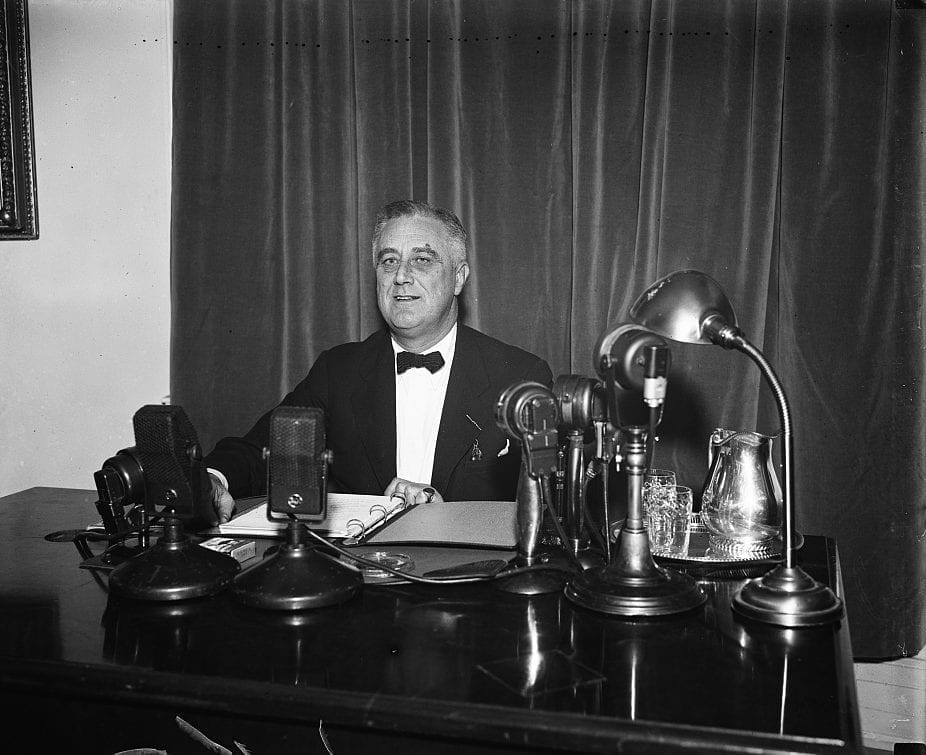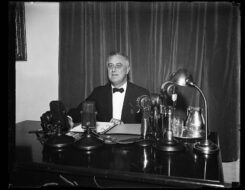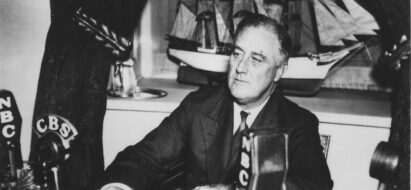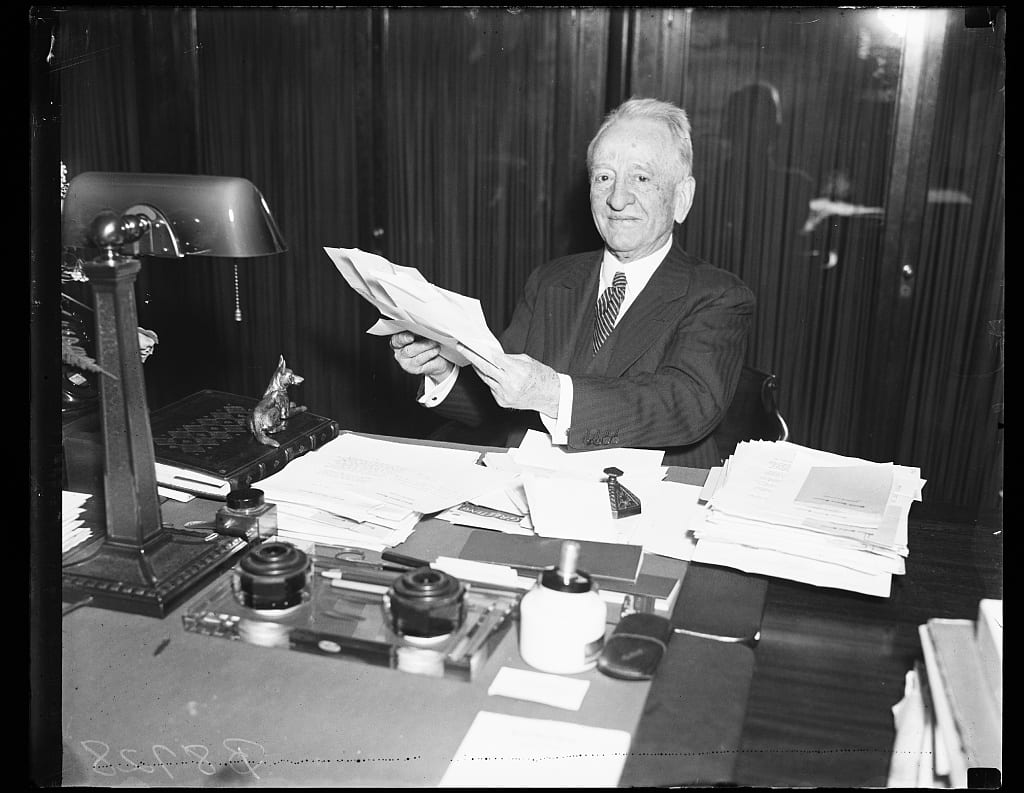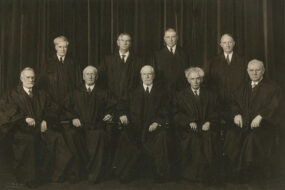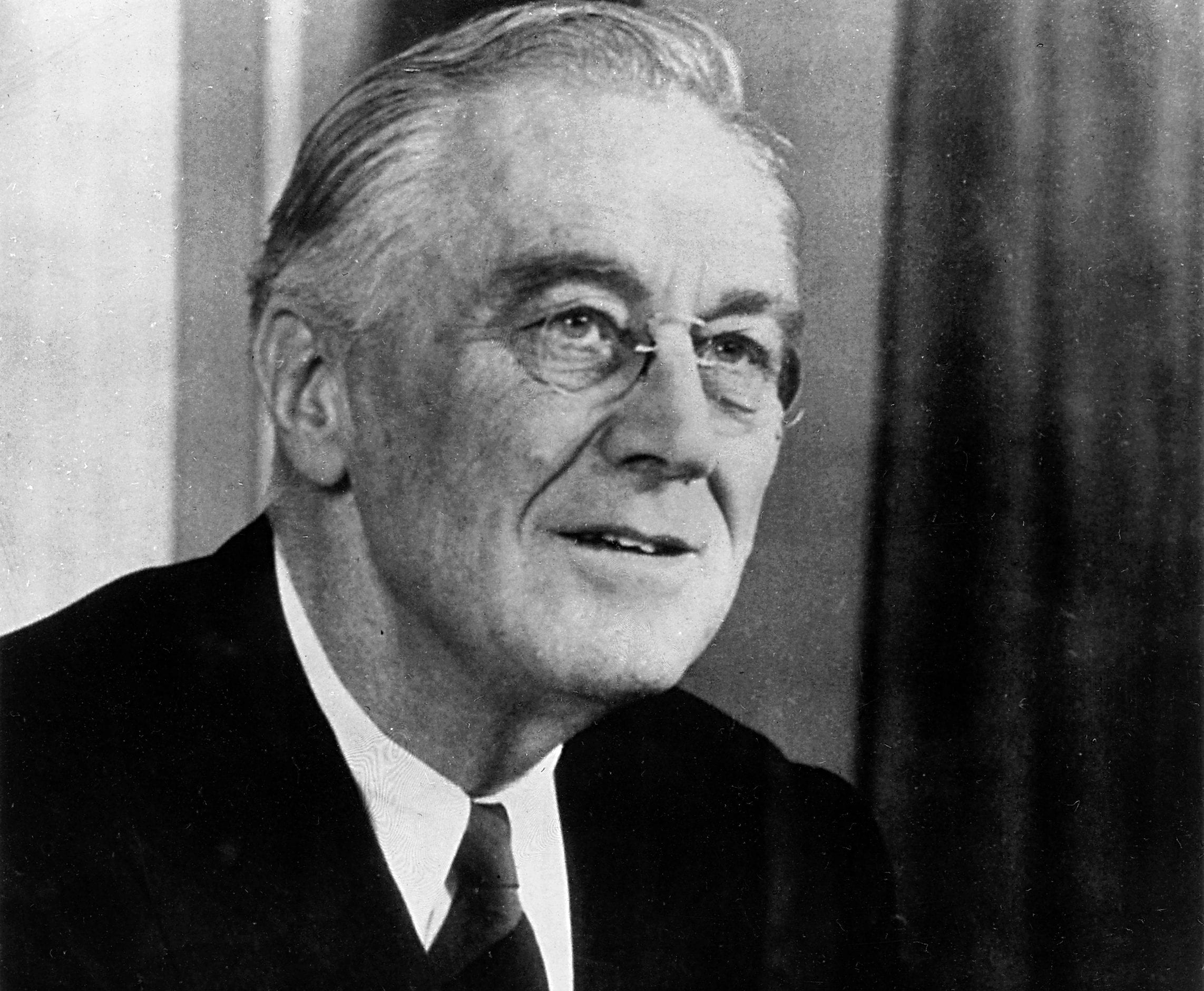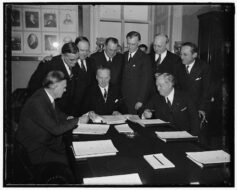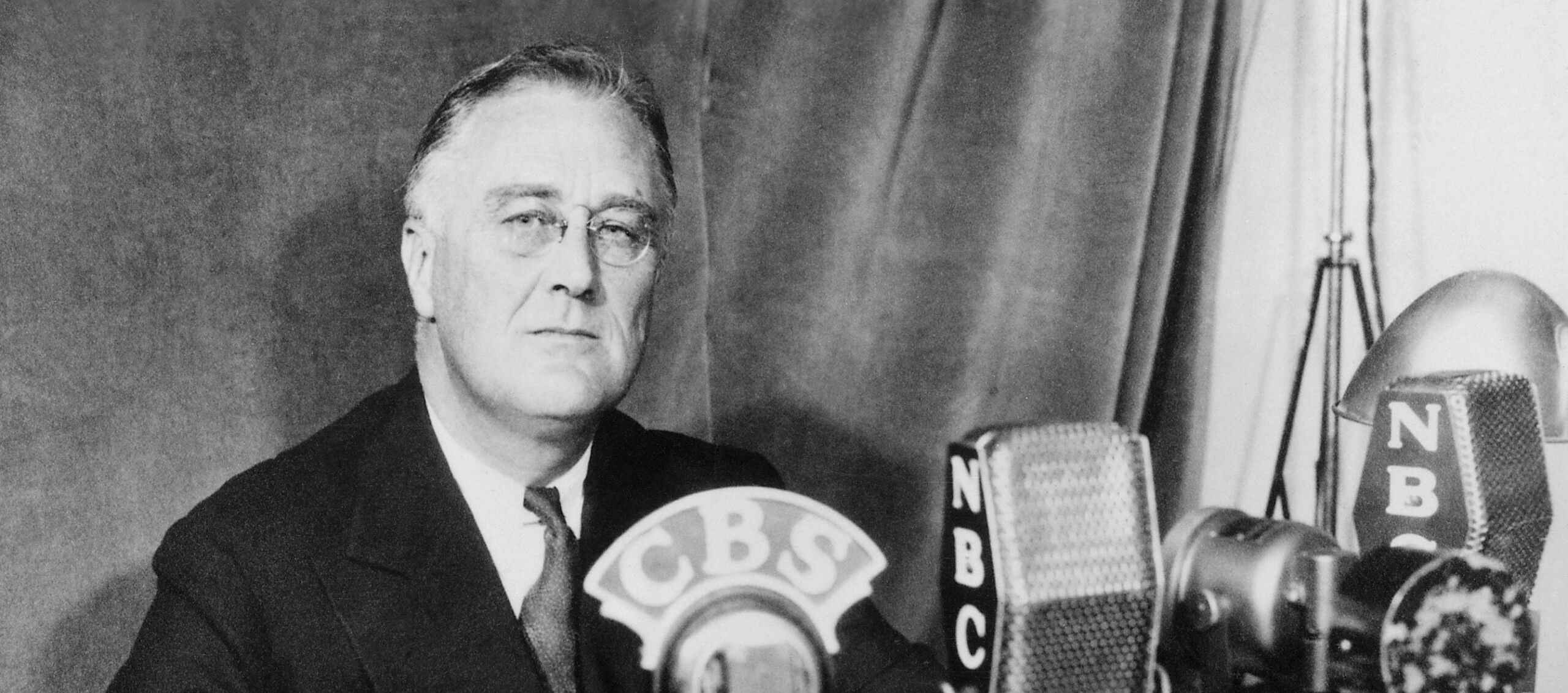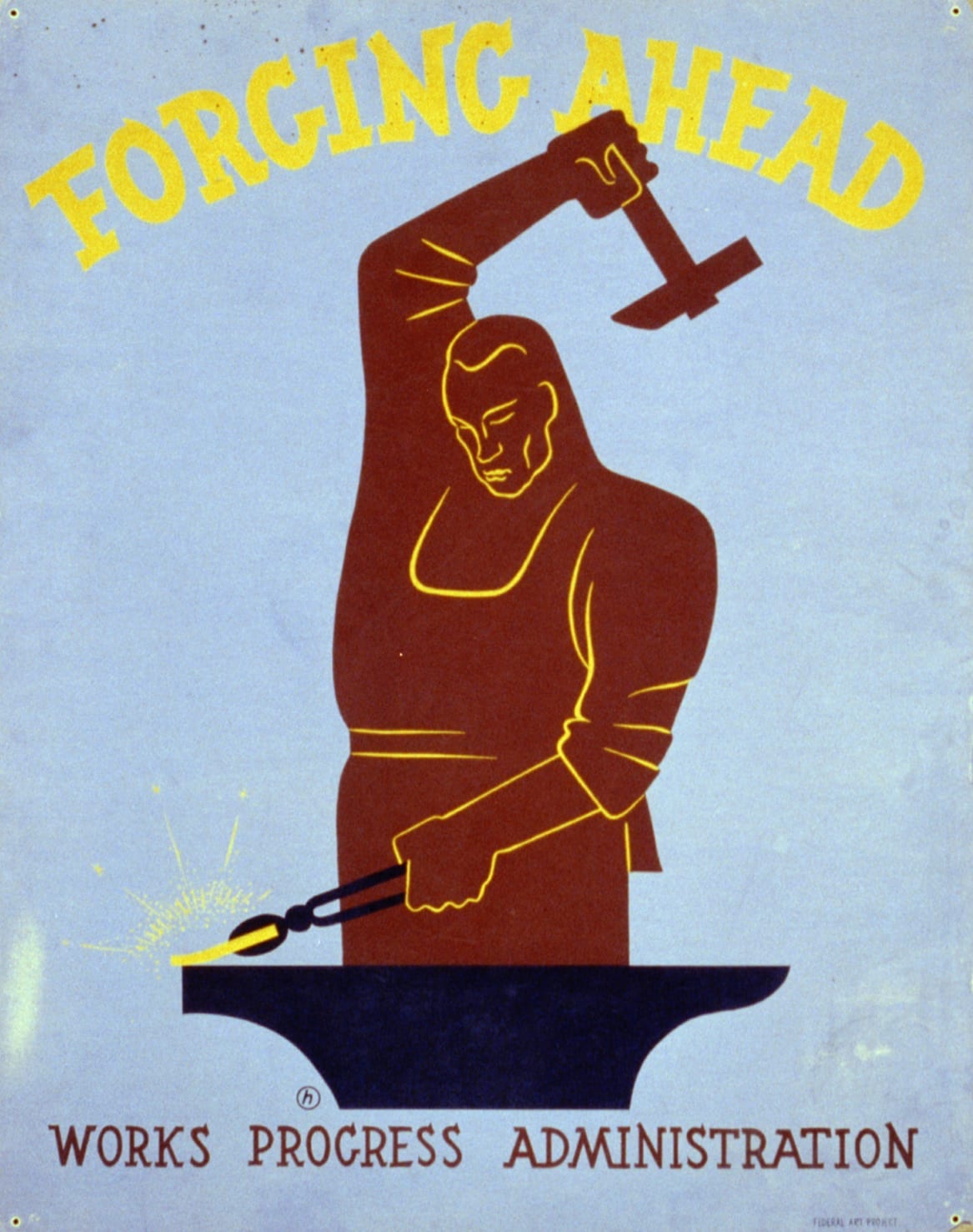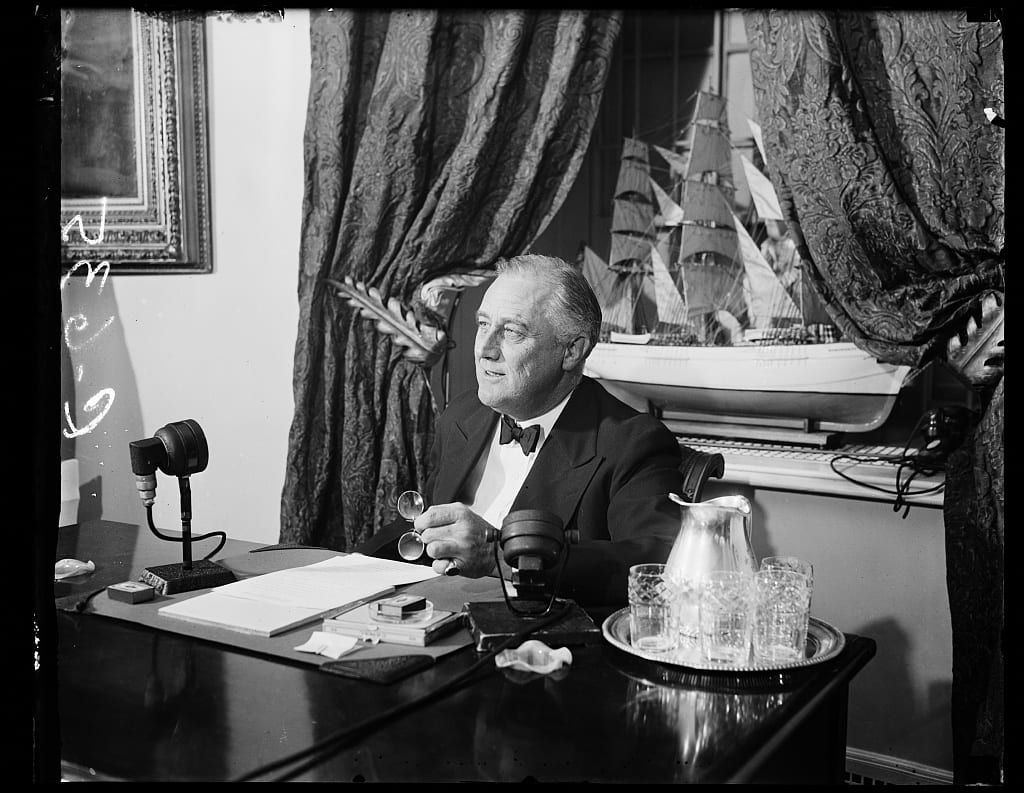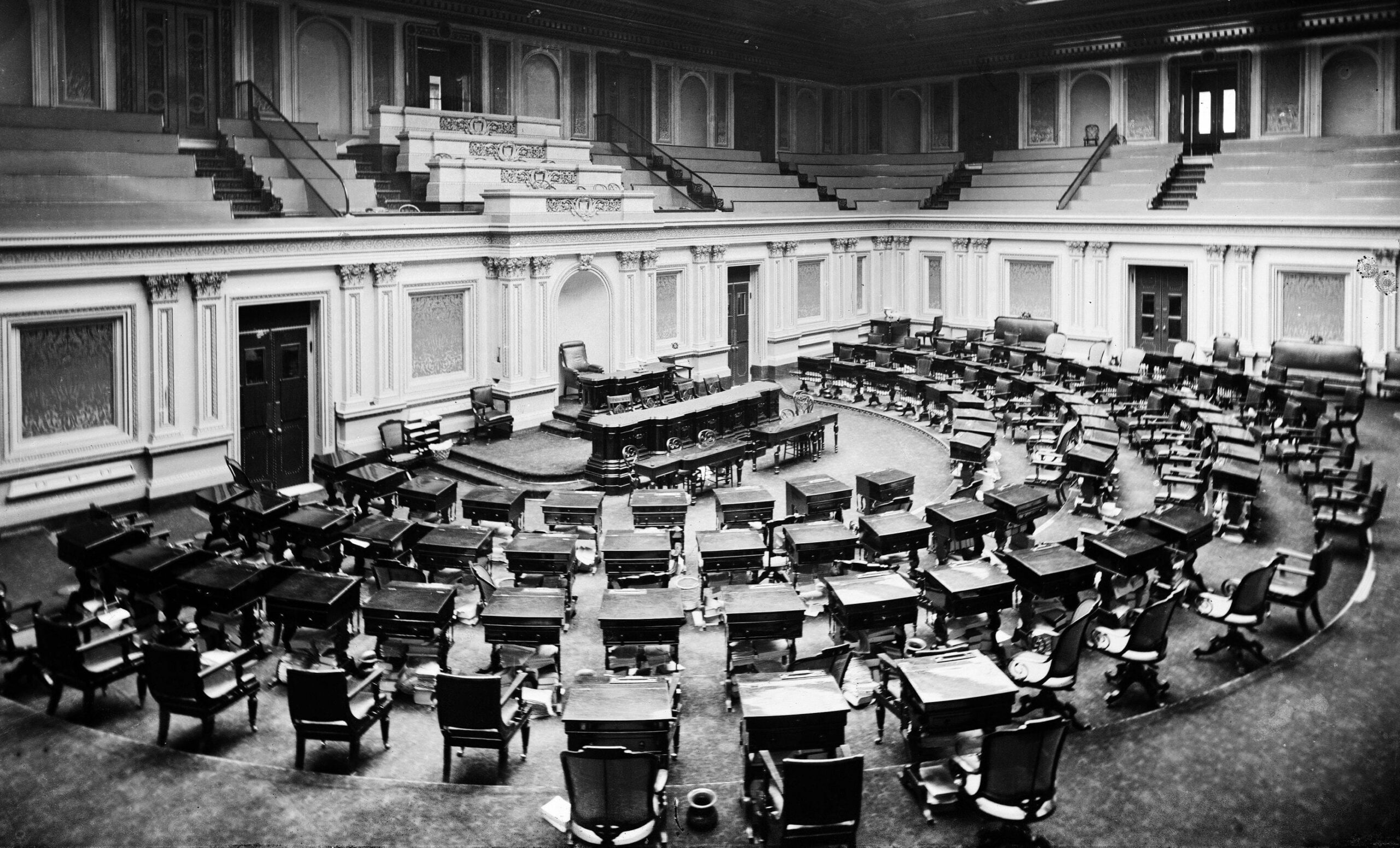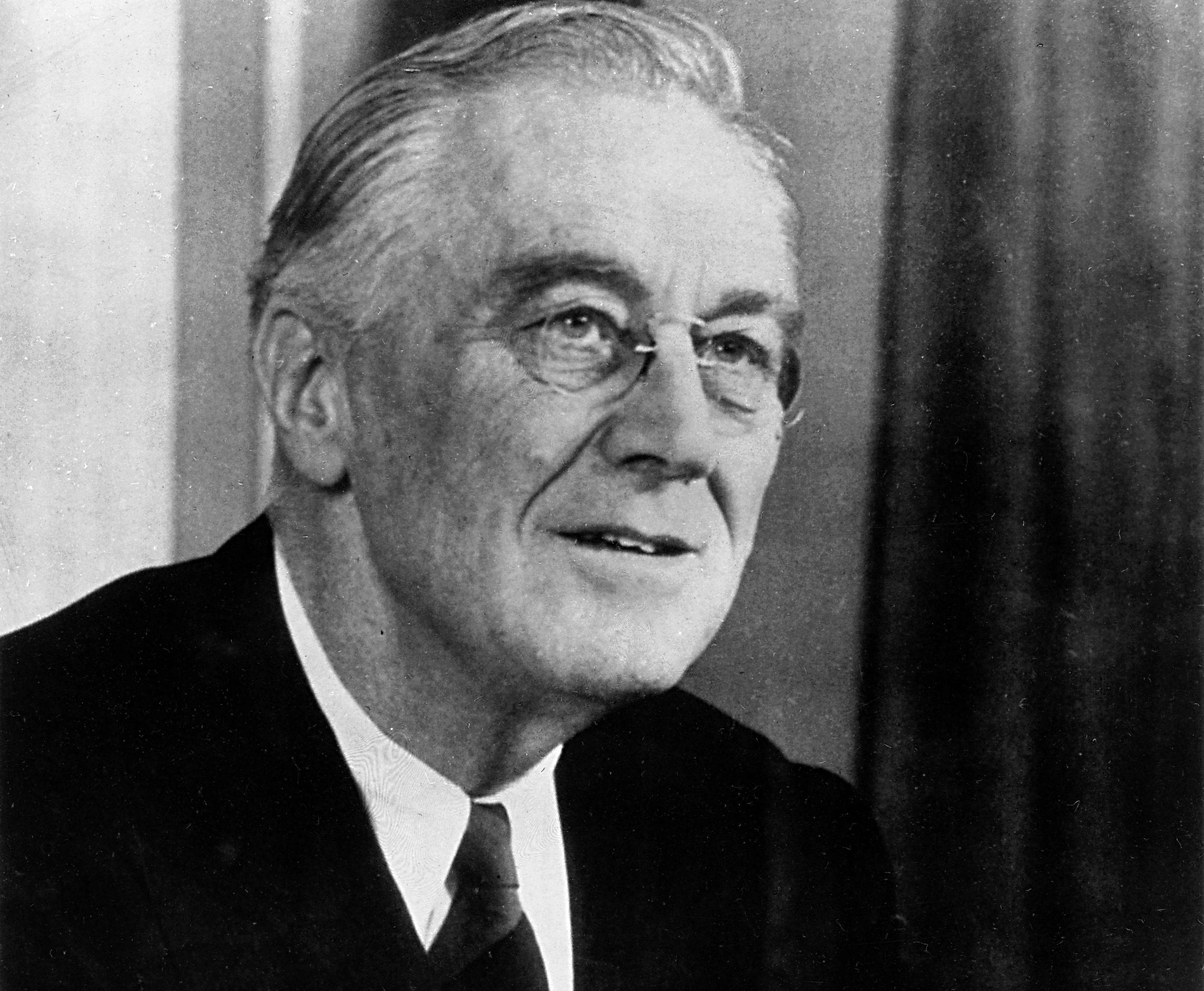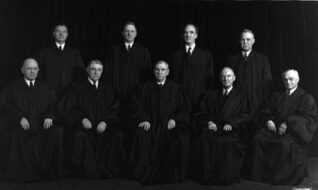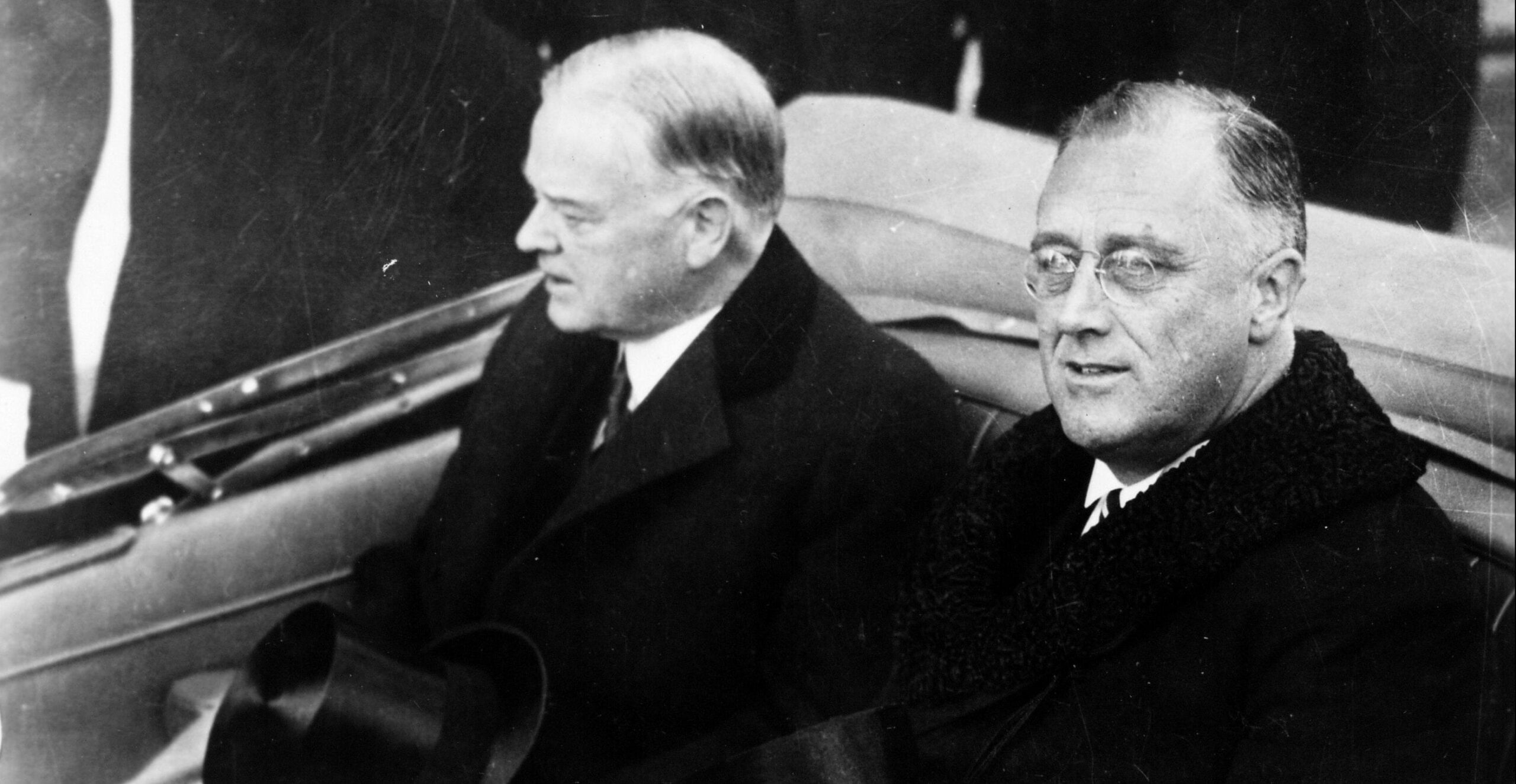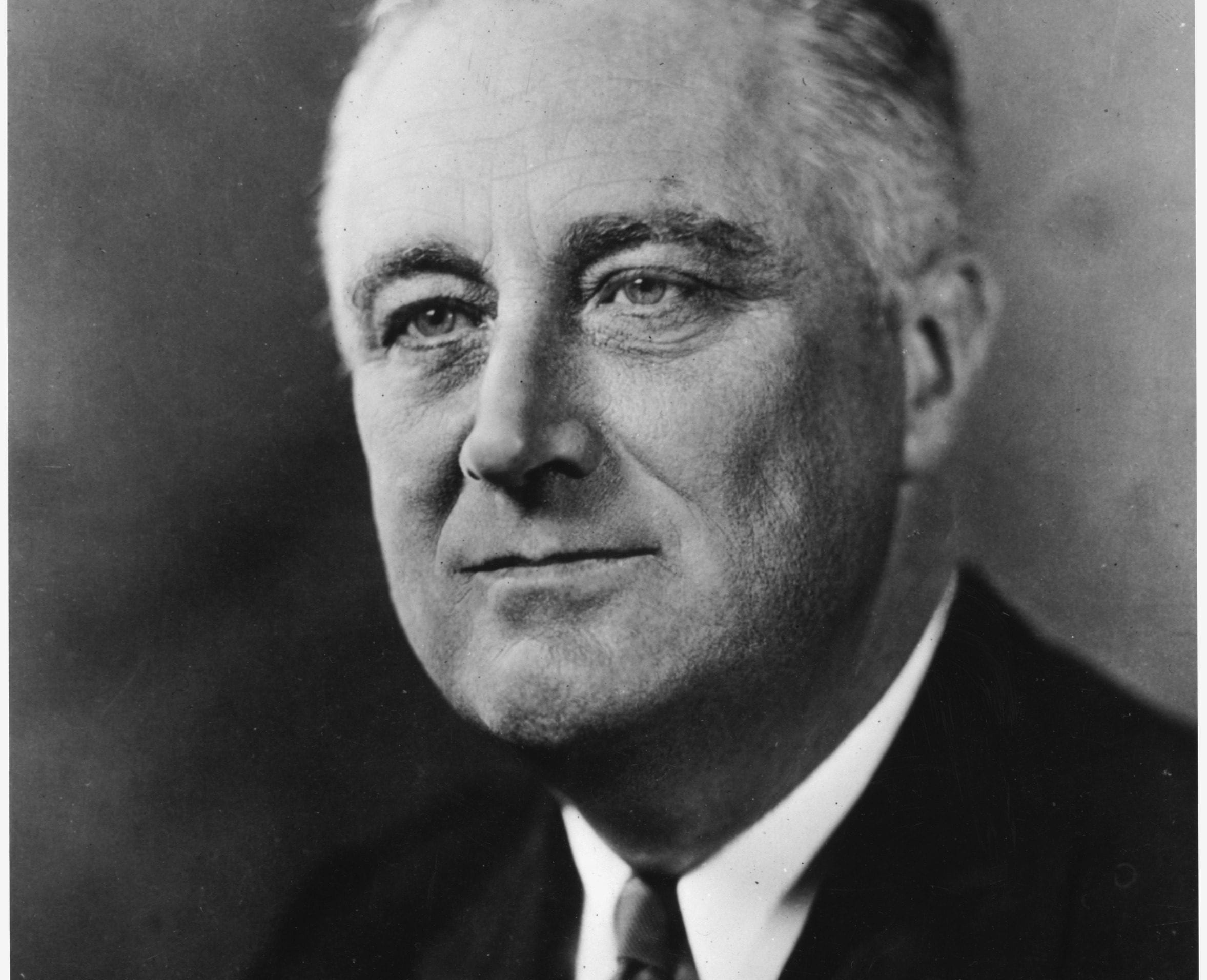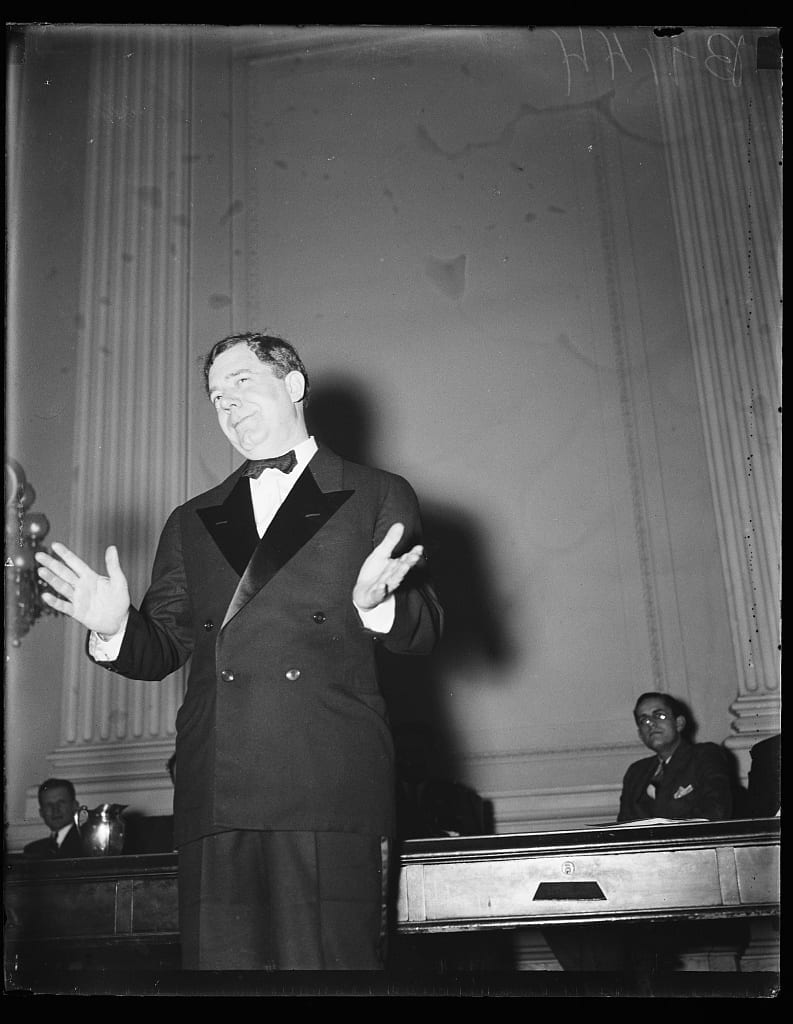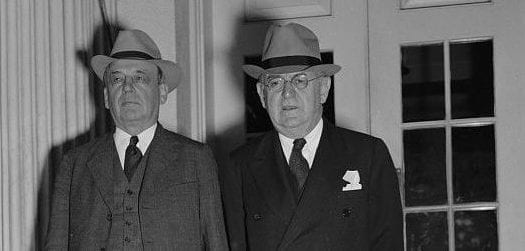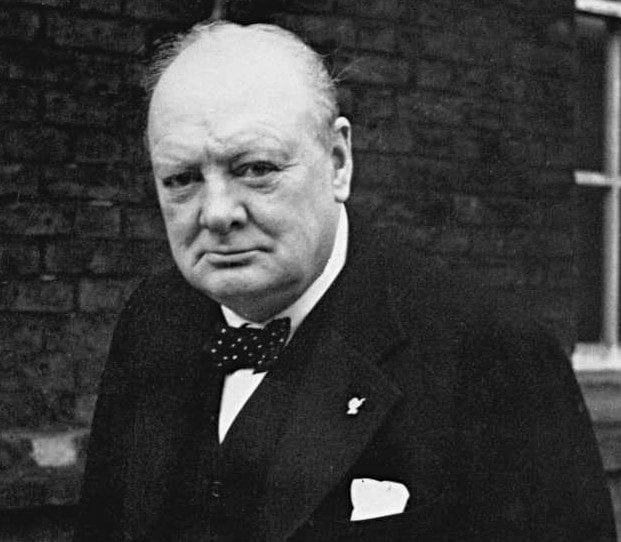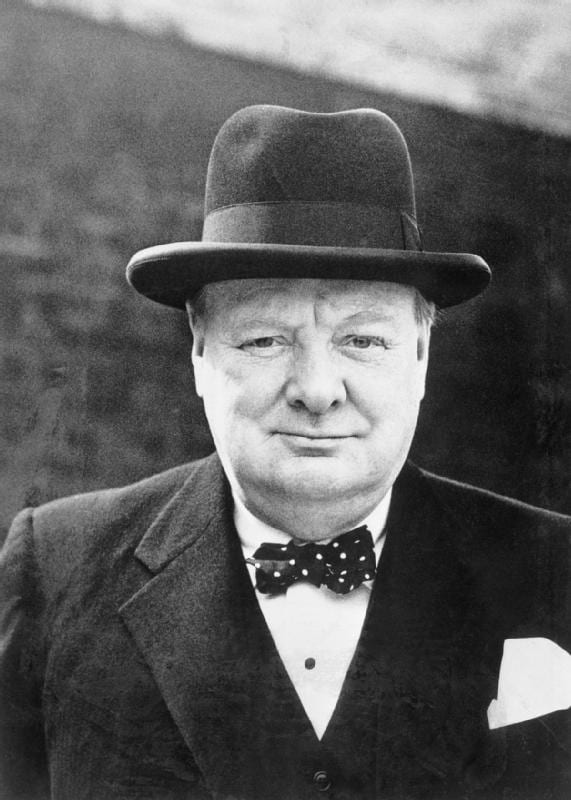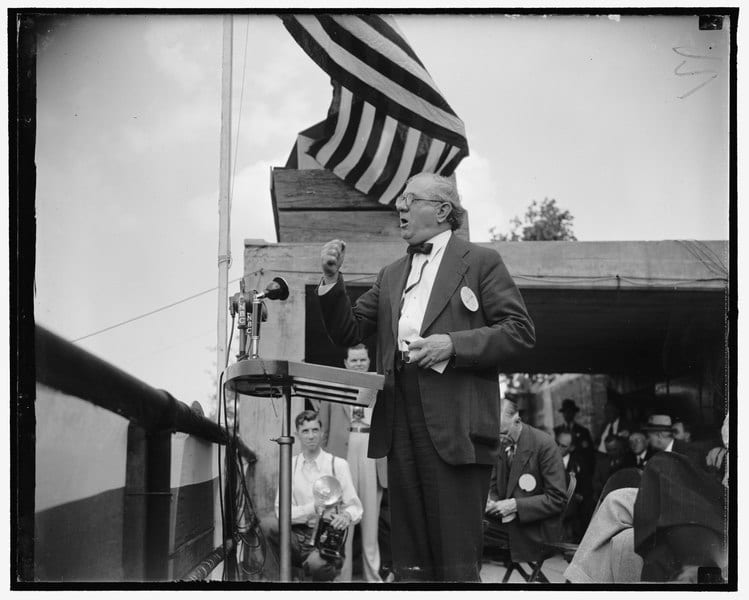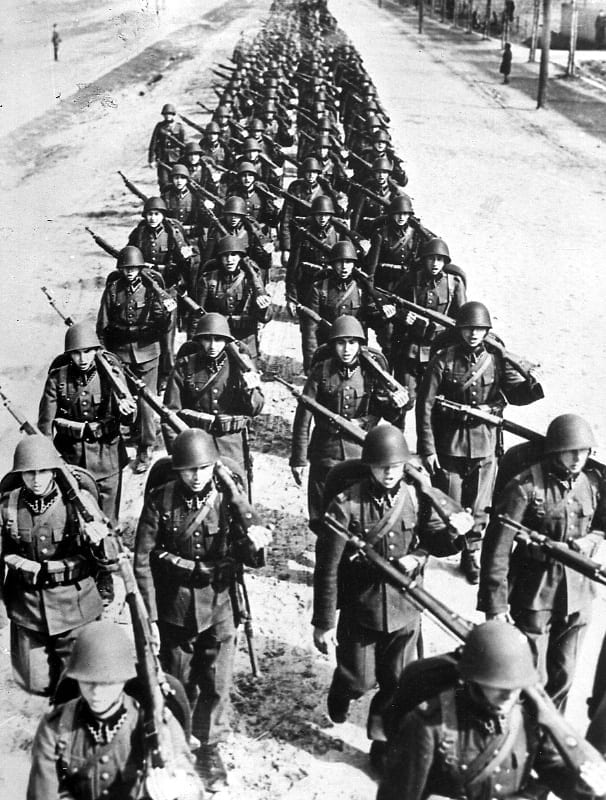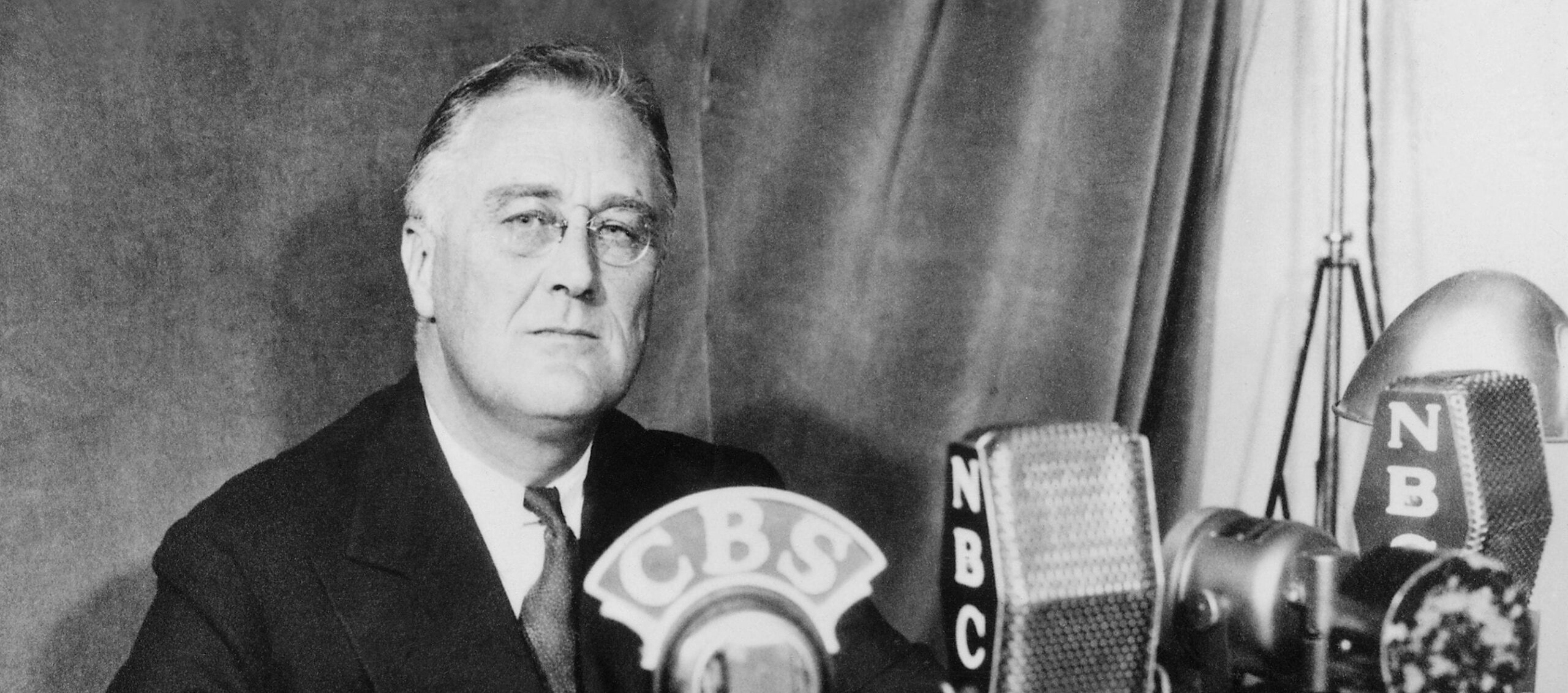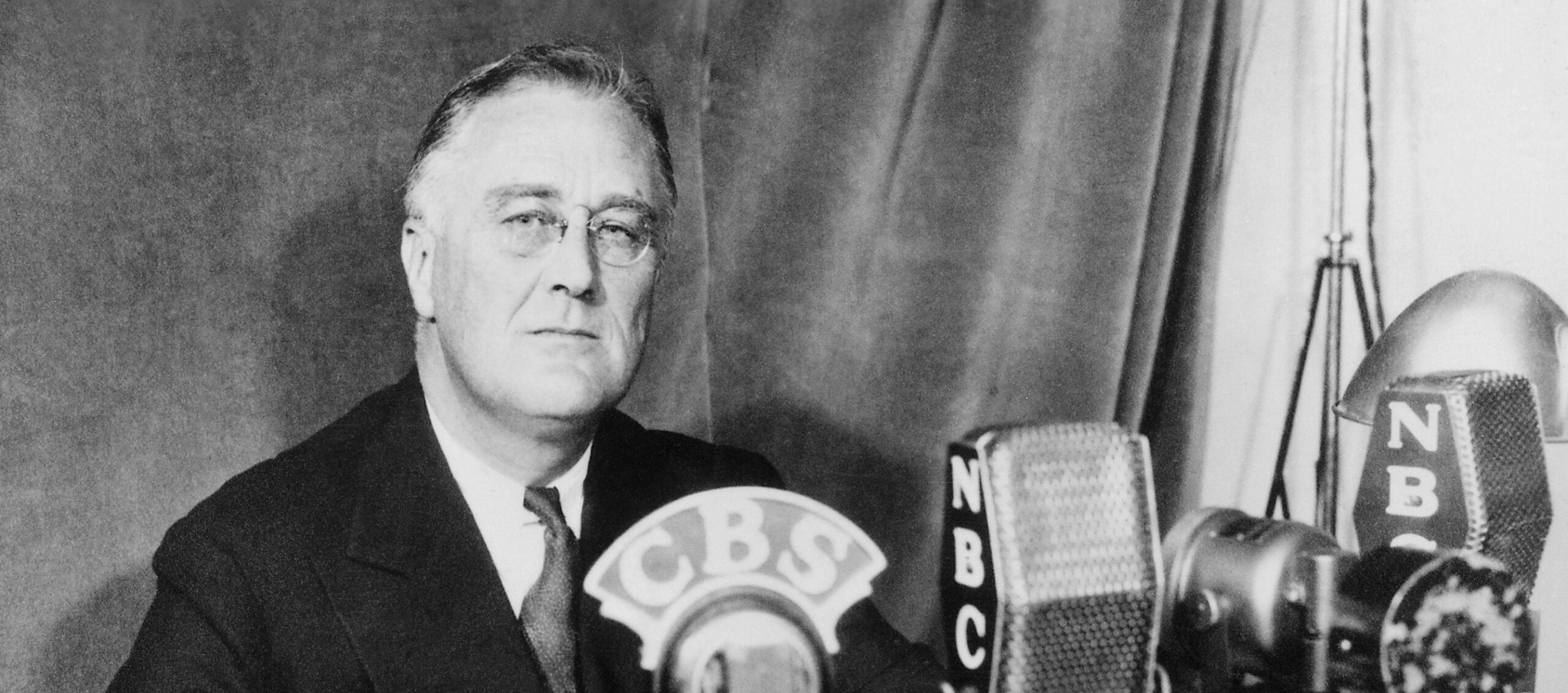

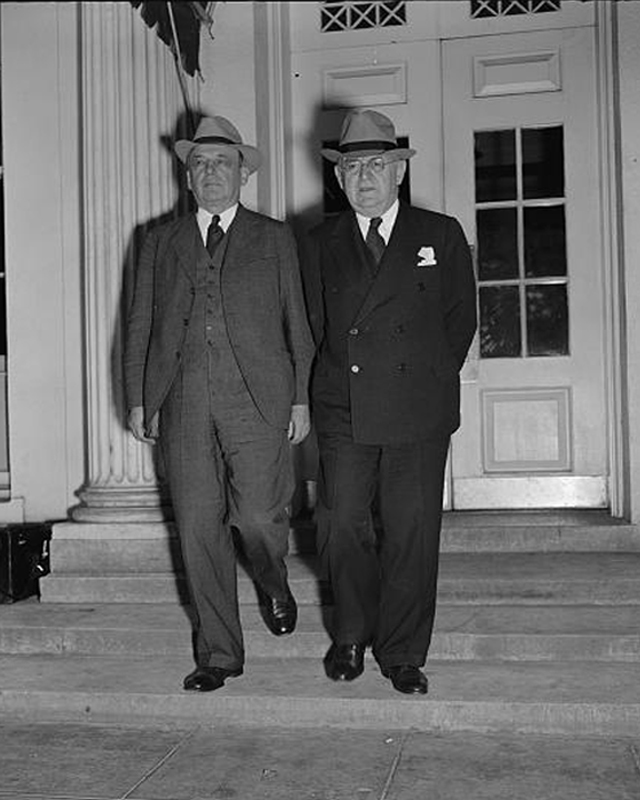
No related resources
Introduction
Chaired by Louis D. Brownlow (1879–1963), the Committee on Administrative Management had been tasked by President Franklin Roosevelt (1882–1945) to restructure the executive branch so that it could efficiently manage the complex and extensive “administrative state” (a term denoting the vast set of administrative agencies that wield power in modern American government) that had come into existence through the New Deal. The Committee recommended a monumental restructuring of the executive branch that involved substantial changes in five major areas: (1) expanding White House staff, (2) civil service reforms, (3) budgetary reforms, (4) expanding the president’s ability to plan and manage the executive branch, and (5) reorganizing the executive branch. The Committee’s proposals, embodied in the Executive Reorganization Act of 1937, faced heavy opposition in Congress, which was unwilling to relinquish control over patronage and reluctant to part with its control over federal agencies by permitting greater executive control over them. Congress refused to pass the Reorganization Act, and FDR ultimately accepted a weaker set of reforms in the Reorganization Act of 1939.
The underlying theme of the reforms proposed by the Brownlow Committee was accountability to the executive. Roosevelt admitted that his chief vulnerability in his reelection campaign of 1936 was the lack of discipline and coordination of his New Deal programs in the executive branch. Part of the problem lay in the sprawling nature of the bureaucracy, with executive agencies and departments often being more beholden to congressional appropriations committees than to the chief executive officer. Moreover, the growing number of independent regulatory commissions controlled by officers the president could not fire (see Humphrey’s Executor v. United States) created what the Brownlow Committee dubbed “a headless fourth branch.” Reorganization of the executive branch aimed to bring the administration directly under the control of the president. Critical to achieving this end were restructuring the managerial offices within the executive branch and giving the president greater authority in determining the federal budget.
The President’s Committee on Administrative Management, Report of the Committee with Studies of Administrative Management in the Federal Government (Washington, D.C.: U.S. Government Printing Office, 1937), 1–45, https://hdl.handle.net/2027/uiug.30112104110959.
Introduction
The government of the United States is the largest and most difficult task undertaken by the American people, and at the same time the most important and the noblest. Our government does more for more men, women, and children than any other institution; it employs more persons in its work than any other employer. It covers a wider range of aims and activities than any other enterprise; it sustains the frame of our national and our community life, our economic system, our individual rights and liberties. Moreover, it is a government of, by, and for the people—a democracy that has survived for a century and a half and flourished among competing forms of government of many different types and colors, old and new. . . .
The need for action in realizing democracy was as great in 1789 as it is today. It was thus not by accident but by deliberate design that the Founding Fathers set the American executive in the Constitution on a solid foundation. Sad experience under the Articles of Confederation, with an almost headless government and committee management, had brought the American Republic to the edge of ruin. Our forefathers had broken away from hereditary government and pinned their faith on democratic rule, but they had not found a way to equip the new democracy for action. Consequently, there was grim purpose in resolutely providing for a presidency which was to be a national office. The president is indeed the one and only national officer representative of the entire nation. . . .
Our presidency unites at least three important functions. From one point of view the president is a political leader—leader of a party, leader of the Congress, leader of a people. From another point of view he is head of the nation in the ceremonial sense of the term, the symbol of our American national solidarity. From still another point of view the president is the chief executive and administrator within the federal system and service. In many types of government these duties are divided or only in part combined, but in the United States they have always been united in one and the same person whose duty it is to perform all of these tasks. . . .
. . .[W]e find in the American government at the present time that the effectiveness of the chief executive is limited and restricted, in spite of the clear intent of the Constitution to the contrary; that the work of the executive branch is badly organized; that the managerial agencies are weak and out of date; that the public service does not include its share of men and women of outstanding capacity and character; and that the fiscal and auditing systems are inadequate. These weaknesses are found at the center of our government and involve the office of the chief executive itself.
While in general principle our organization of the presidency challenges the admiration of the world, yet in equipment for administrative management our executive office is not fully abreast of the trend of our American times, either in business or in government. Where, for example, can there be found an executive in any way comparable upon whom so much petty work is thrown? Or who is forced to see so many persons on unrelated matters and to make so many decisions on the basis of what may be, because of the very press of work, incomplete information? How is it humanly possible to know fully the affairs and problems of over one hundred separate major agencies, to say nothing of being responsible for their general direction and coordination? . . .
I. The White House Staff
In this broad program of administrative reorganization the White House itself is involved. The president needs help. His immediate staff assistance is entirely inadequate. He should be given a small number of executive assistants who would be his direct aides in dealing with the managerial agencies and administrative departments of the government. . . .Their function would be, when any matter was presented to the president for action affecting any part of the administrative work of the government, to assist him in obtaining quickly and without delay all pertinent information possessed by any of the executive departments so as to guide him in making his responsible decisions; and then when decisions have been made, to assist him in seeing to it that every administrative department and agency affected is promptly informed. . . . Men for these positions should be carefully chosen by the president from within and without the government. They should be men in whom the president has personal confidence and whose character and attitude is such that they would not attempt to exercise power on their own account. They should be possessed of high competence, great physical vigor, and a passion for anonymity. They should be installed in the White House itself, directly accessible to the president. In the selection of these aides the president should be free to call on departments from time to time for the assignment of persons who, after a tour of duty as his aides, might be restored to their old positions.
This recommendation arises from the growing complexity and magnitude of the work of the president’s office. Special assistance is needed to insure that all matters coming to the attention of the president have been examined from the over-all managerial point of view, as well as from all standpoints that would bear on policy and operation. It also would facilitate the flow upward to the president of information upon which he is to base his decisions and the flow downward from the president of the decisions once taken for execution by the department or departments affected. Thus such a staff would not only aid the president but would also be of great assistance to the several executive departments and to the managerial agencies in simplifying executive contacts, clearance, and guidance. . . .
III. Fiscal Management
Sound fiscal management is a prime requisite of good administration. . . .
Our recommendations for improvement of the fiscal administration of the government are designed . . . to return executive functions to the executive branch, and to make it accountable to the Congress. Before taking up these recommendations in detail, we may review briefly the division of authority and responsibility between the Congress and the executive branch for the determination and execution of fiscal policies. The general theory underlying the Constitution is that the Congress shall be responsible for the determination and approval of the fiscal policies of the nation and that the executive shall be responsible for their faithful execution. . . .
The Congress enacts the necessary revenue laws, authorizes activities which require the expenditure of public funds, and makes the appropriations. But the trust residing in the Congress does not end with the enactment of appropriation measures; its responsibility requires also that it possess suitable means with which to hold the executive accountable for the faithful and effective execution of revenue and appropriation laws. Likewise the responsibility of the executive branch can be established only if it is given undivided executive powers. If the chief executive is to fulfill the responsibility of his office under the Constitution, he must possess undivided executive powers and adequate means with which to exercise them. . . .
Recommendations
Our recommendations regarding budgeting and administrative control may be briefly summarized as follows:
- The director of the Bureau of the Budget1 should be relieved from routine duties and thus enabled to devote himself to problems of fiscal policy and planning. Provision should be made for an adequate permanent staff of the highest competence, implemented by special assistants on assignment from the operating agencies and by temporary consultants and specialists recruited from business and industry for special assignments.
- The execution, as well as the preparation, of the budget should be supervised by the Bureau of the Budget and should be closely correlated with fiscal programs and plans.
- The administrative research function of the Bureau of the Budget should be adequately developed to aid the president in his duties as head of the executive establishment. . . .
- The information function of the Bureau of the Budget should be developed and improved. The United States Information Service should be transferred to it, as should other appropriate activities in the coordination of the field services of the government.
- The Bureau of the Budget should serve in various ways as an agency of the president. Improvement should be made in its facilities for the clearance of executive orders and the establishment of uniform codes of management in the government. It should assist the departments in their regulations governing internal organizations. . . .
V. Administrative Reorganization of the Government of the United States
The primary purpose of a rational reorganization of the administrative agencies of the executive branch of the government is to reduce to a manageable compass the number of agencies reporting to the president.
The Constitution of the United States sets up no administrative organization for the government. The whole matter of executive power is dealt with in a few brief phrases. First in importance is: “The executive Power shall be vested in a President of the United States of America.” Reference is also made to the Army and Navy, of which the president is named “commander in chief,” and, indirectly, to the “executive departments”; and there is laid on the president alone the duty to “take care that the laws be faithfully executed.” In these few words, supplemented by those defining the scope of the legislative and the judicial branches, there is set forth the constitutional principle of the separation of powers, which places in the president, and in the president alone, the whole executive power of the government of the United States.
The administrative organization of the government to carry out “the executive power” thus rests upon statute law, and upon departmental arrangements made under the authority of law. The history of these laws and arrangements is a reflection of our national problems and development.
At the beginning, in 1789, there were but four departments: State, War, Treasury, and the Attorney General. The General Post Office was permanently established in 1794, and four years later the Navy Department was created. Thus, by 1800 there were six departments, all of them directly under the president in accordance with the constitutional principle of the separation of powers.
For the next fifty years there was no change. Then came the creation of the Department of the Interior in 1849, of Agriculture in 1889, and of Commerce and Labor in 1903, from which the Department of Labor was separated in 1913.
Two new kinds of governmental agencies made their appearance in the generation after the Civil War. They were, first, executive agencies under the president but not connected with any department, such as the Civil Service Commission (1883); and, second, independent regulatory agencies, such as the Interstate Commerce Commission (1887), which were neither placed under the president nor connected with any department. Many additional agencies of these types appeared in subsequent years. During the World War a large number of new agencies were established. These were chiefly councils, boards, commissions, administrations, and governmental corporations, and though not legally connected with the regular departments, they were definitely within the executive branch and under the president. In this period the innovation was the governmental corporation, which was found useful particularly in dealing with financial operations. Most of these agencies were abolished, or consolidated with the departments, in the years following the war.
During the recent depression similar need for emergency action has resulted again in the establishment of a large number of new agencies. These include administrations, boards, commissions, committees, governmental corporations, and authorities. The novel elements in this period are the extended use of the corporate form and the introduction of the “authority.” Most of these agencies have been placed in the executive branch and under the president, but in the main they have not been connected by law with the regular departments.
As a result of this long development, there are now in the government of the United States over one hundred separately organized establishments and agencies presumably reporting to the president. Among them are the ten regular executive departments and the many boards, commissions, administrations, authorities, corporations, and agencies which are under the president but not in a department. There are also a dozen agencies which are totally independent—a new and headless “fourth branch” of the government.
The Executive Branch Today
The executive branch of the government of the United States has thus grown up without plan or design like the barns, shacks, silos, tool sheds, and garages of an old farm. To look at it now, no one would ever recognize the structure which the Founding Fathers erected a century and a half ago to be the government of the United States. . . .
Reorganization and Administrative Management
Modern management under responsible leadership is the keynote of the reorganization herein recommended. This is to be achieved through placing all administrative agencies under twelve major departments. These departments may be set up by the Congress and all of the administrative work of the various agencies of the government brought into them or into the three managerial agencies of the president by executive order, after careful examination of their work, their needs, and their personnel. The responsibility for maintaining continuously an efficient and manageable organization within the framework of the broad policies outlined by the Congress is to be placed directly upon the president, since it is a continuing executive function. The executive should be given the essential tools for modern administrative management and at the same time should be made more effectively accountable to the Congress.
In this reorganization of the government every administrative activity should be set up with a single responsible head. Boards should not be burdened with administration, but should be continued for advisory, corporate, and quasi-judicial purposes. This would require the separation of the administrative and judicial functions of the independent regulatory agencies. . . .It is suggested that the departments should follow the general pattern recommended for the government as a whole. Each department should have at its head a member of the cabinet. . . .
By such a reorganization the heads of the twelve great departments will of necessity rise higher above the level of administrative detail than they have in the past, will be more responsibly engaged in the formulation of policy as they delegate their administrative work to their subordinates, and collectively the department heads may act more and more as a council of state upon whom the president may rely for advice and whose jurisdictional differences of opinion he will himself have the power and the authority to compose. Such a reorganization of the administrative agencies of the executive branch will reduce the number of agencies reporting to the president to a manageable compass and will bring the machinery of our federal government up to date and enable it to deal economically, effectively, and democratically with modern problems. . . .
Conclusion
The forward march of American democracy at this point of our history depends more upon effective management than upon any other single factor. The times demand better governmental organization, staffed with more competent public servants, more free to do their best, and coordinated by an executive accountable to the Congress and fully equipped with modern tools of management. Thus the president will have effective managerial authority over the executive branch commensurate with his responsibility under the Constitution of the United States.
- 1. Prior to the creation of the Office of Management and Budget (OMB) under the Nixon administration, the Bureau of the Budget was responsible for the fiscal management of the executive branch. The bureau did assist the president in writing the budget each year under the Budget and Accounting Act of 1921, but essentially it operated as an independent auditor of receipts and spending, thus leaving it outside of the sphere of presidential politics. Here, the Brownlow Committee proposed moving the bureau into the executive office, thereby making it an arm of the president.
Detroit Digs In
January 16, 1937
Conversation-based seminars for collegial PD, one-day and multi-day seminars, graduate credit seminars (MA degree), online and in-person.

